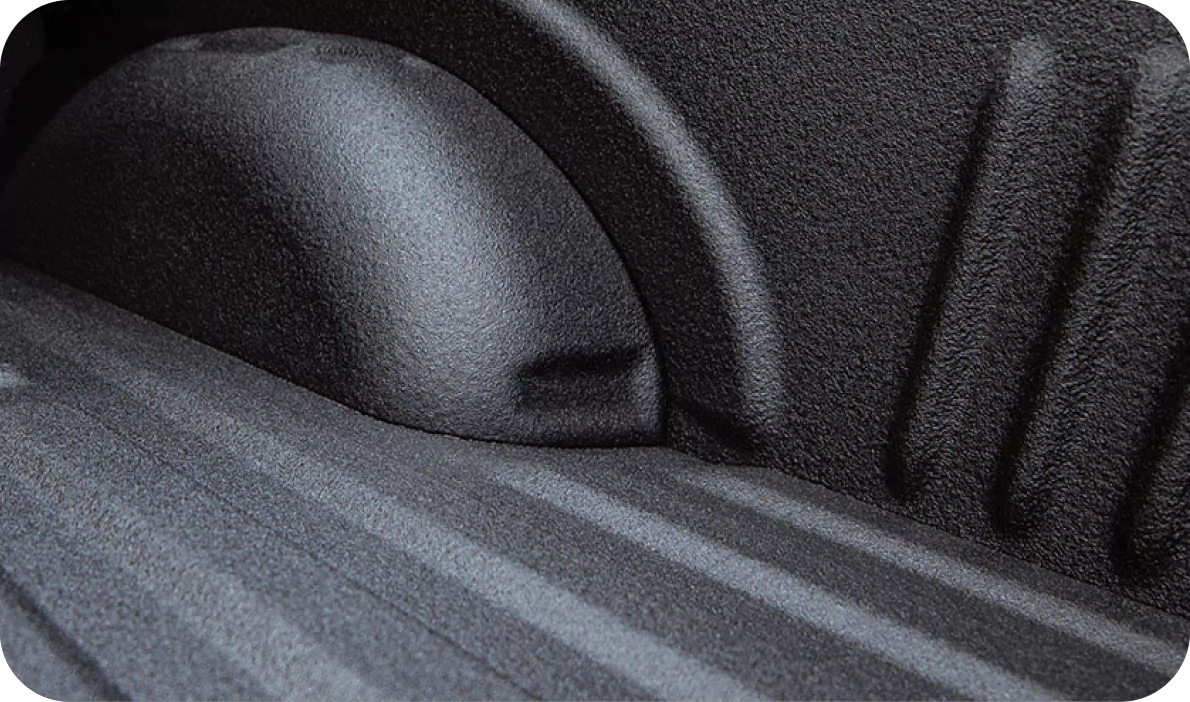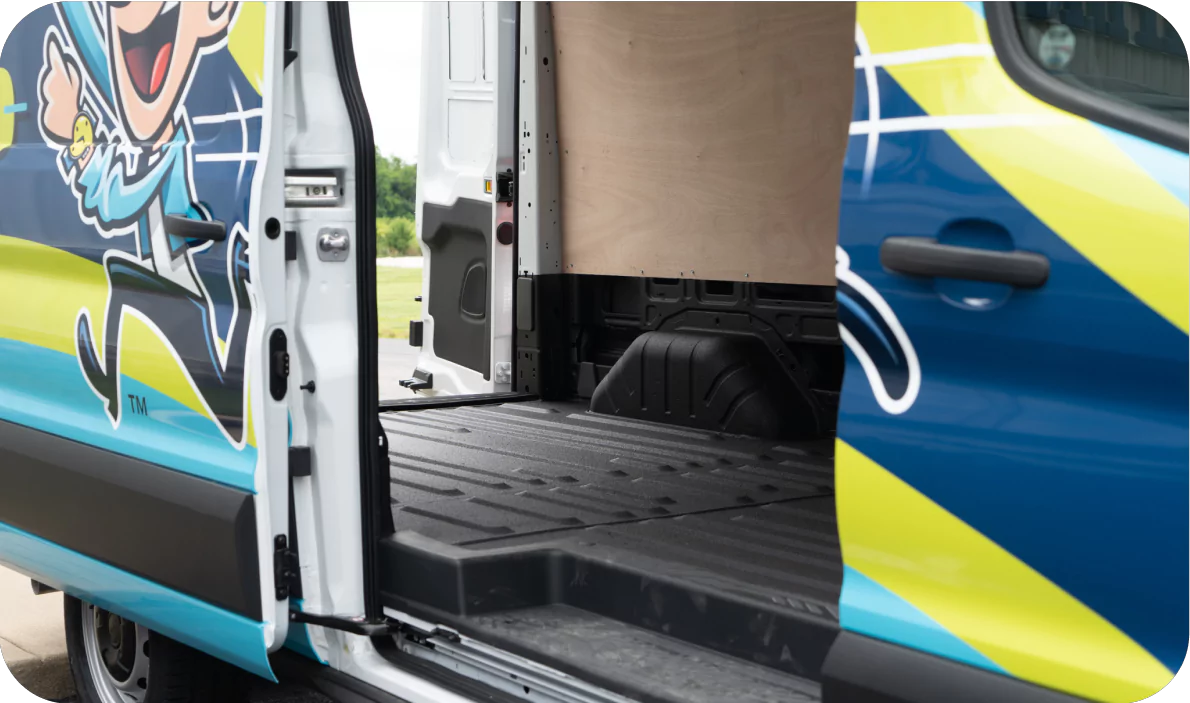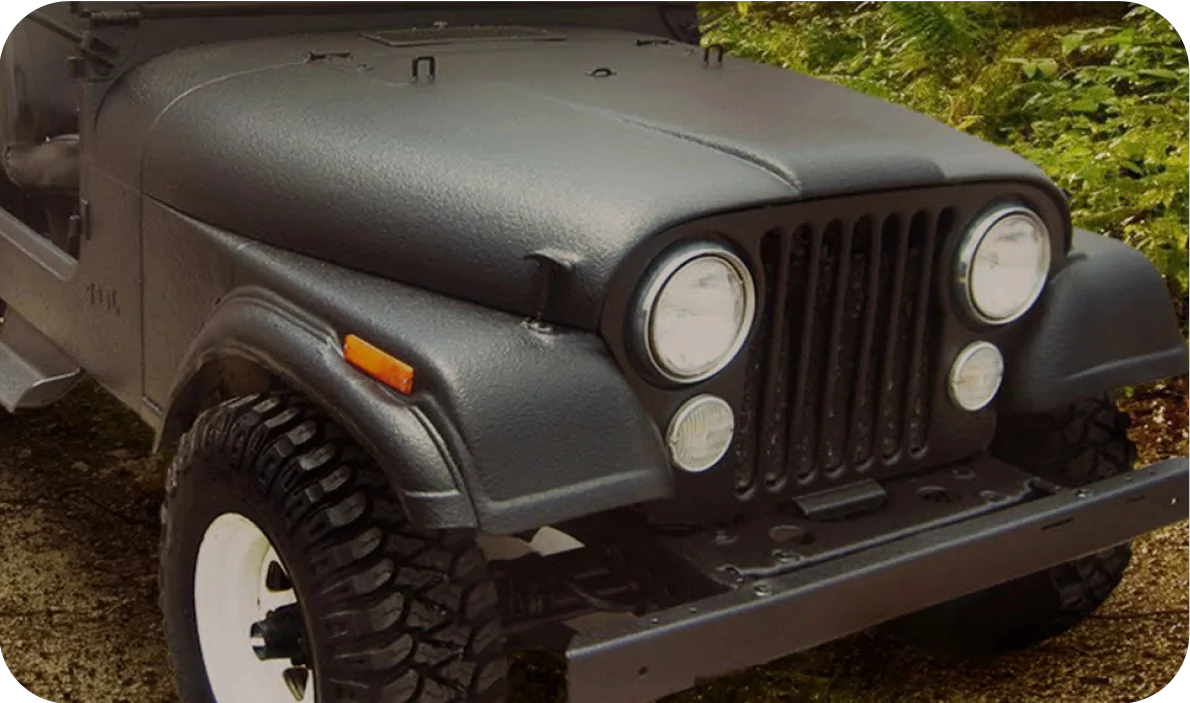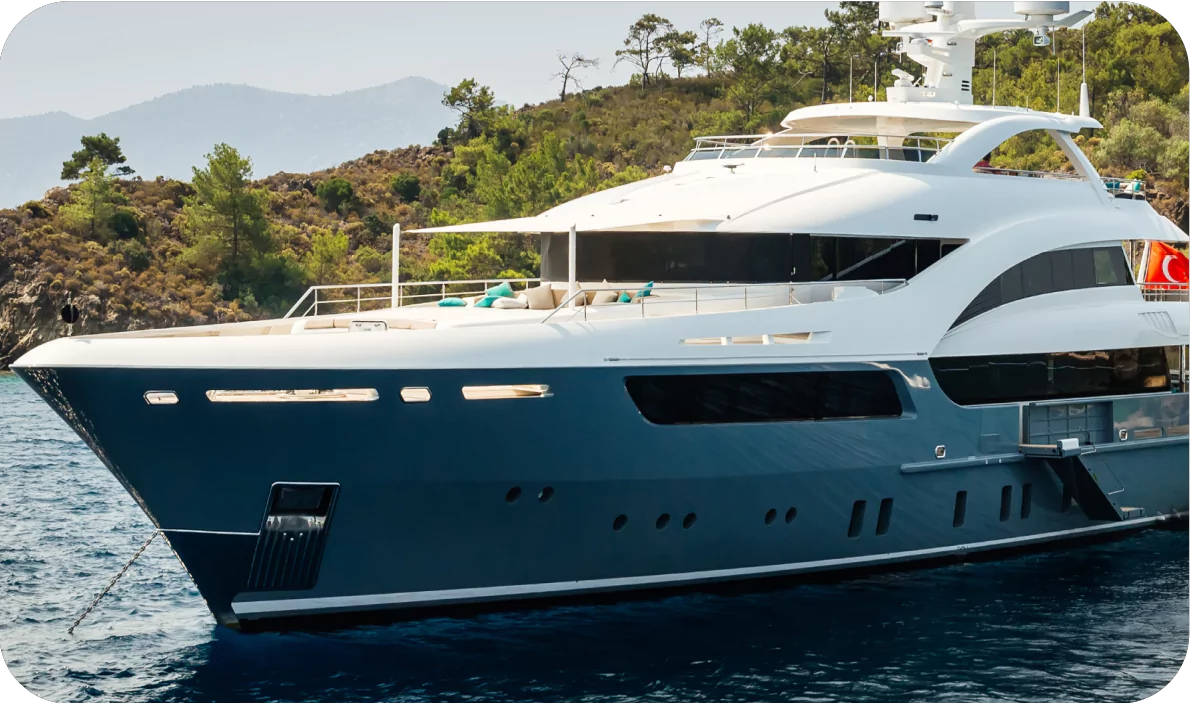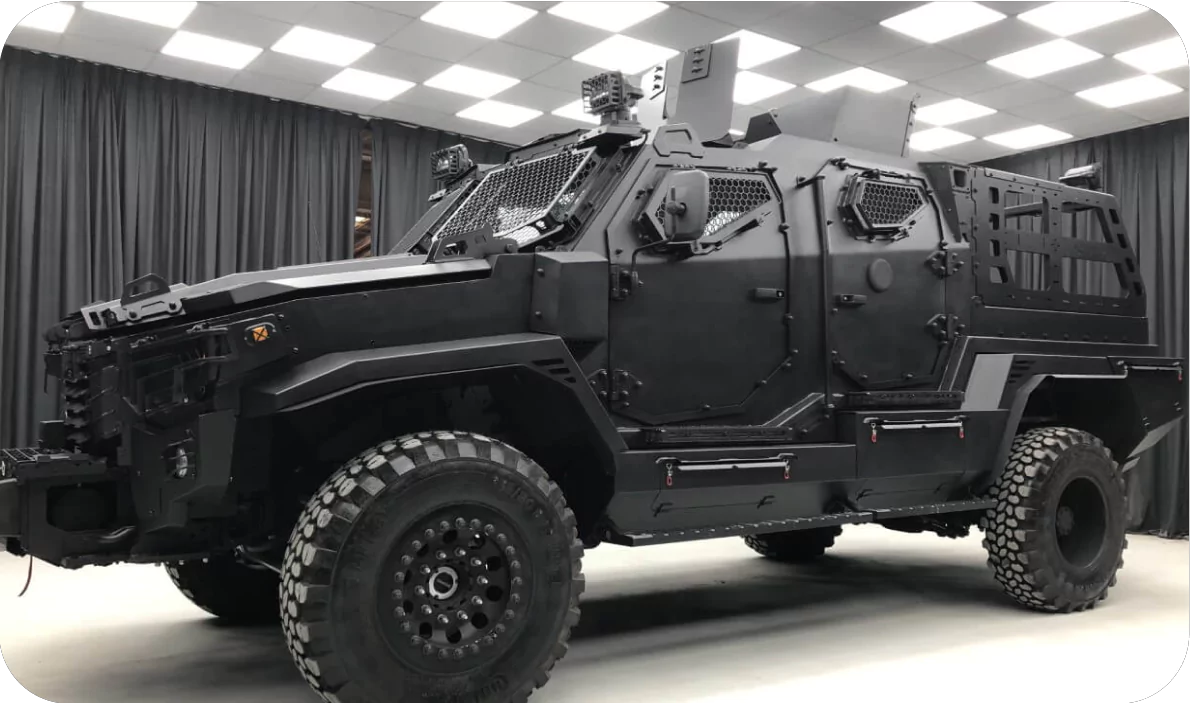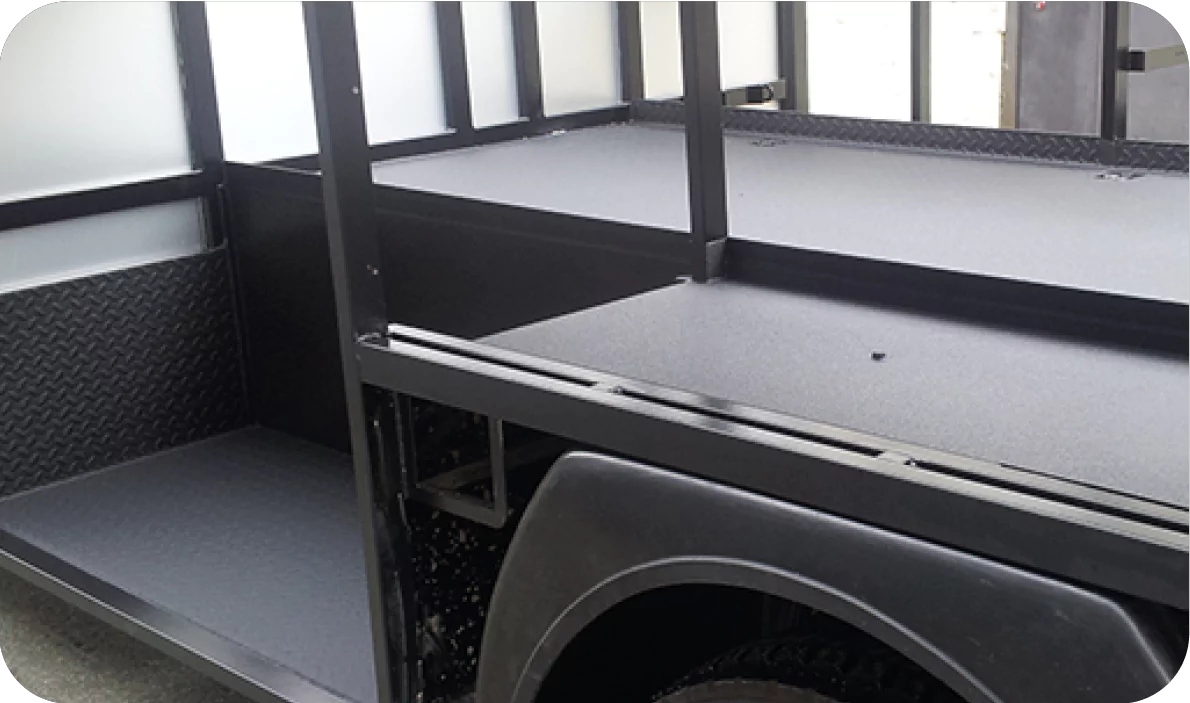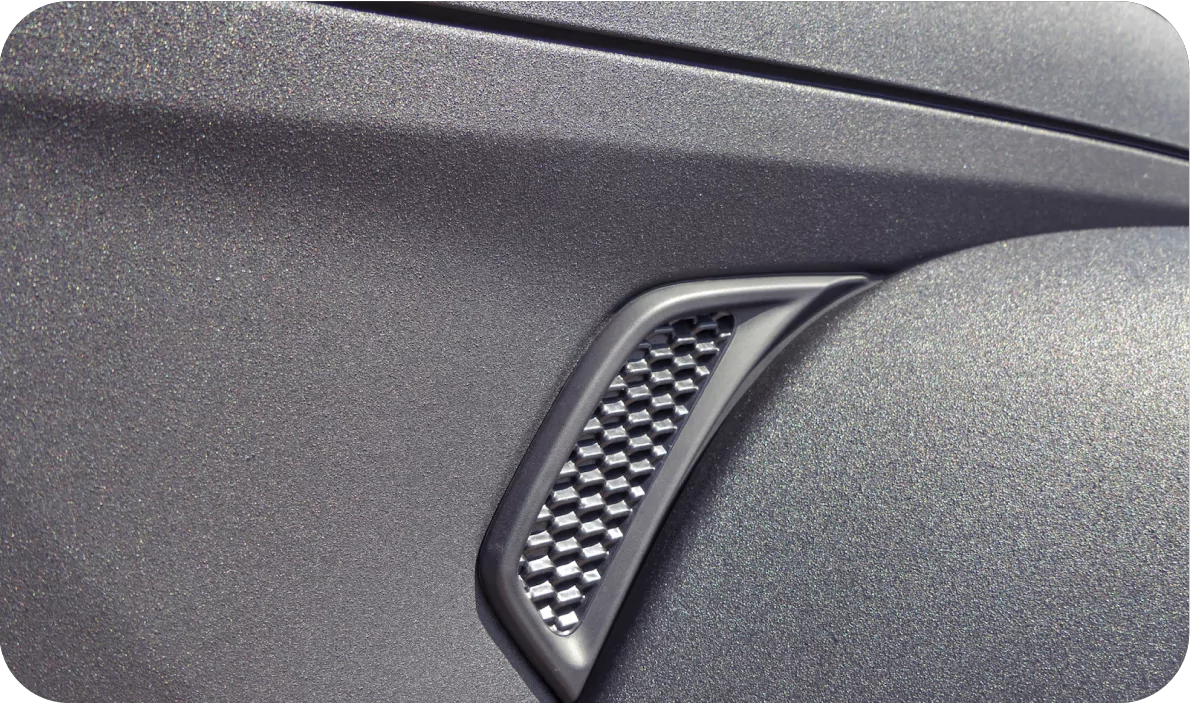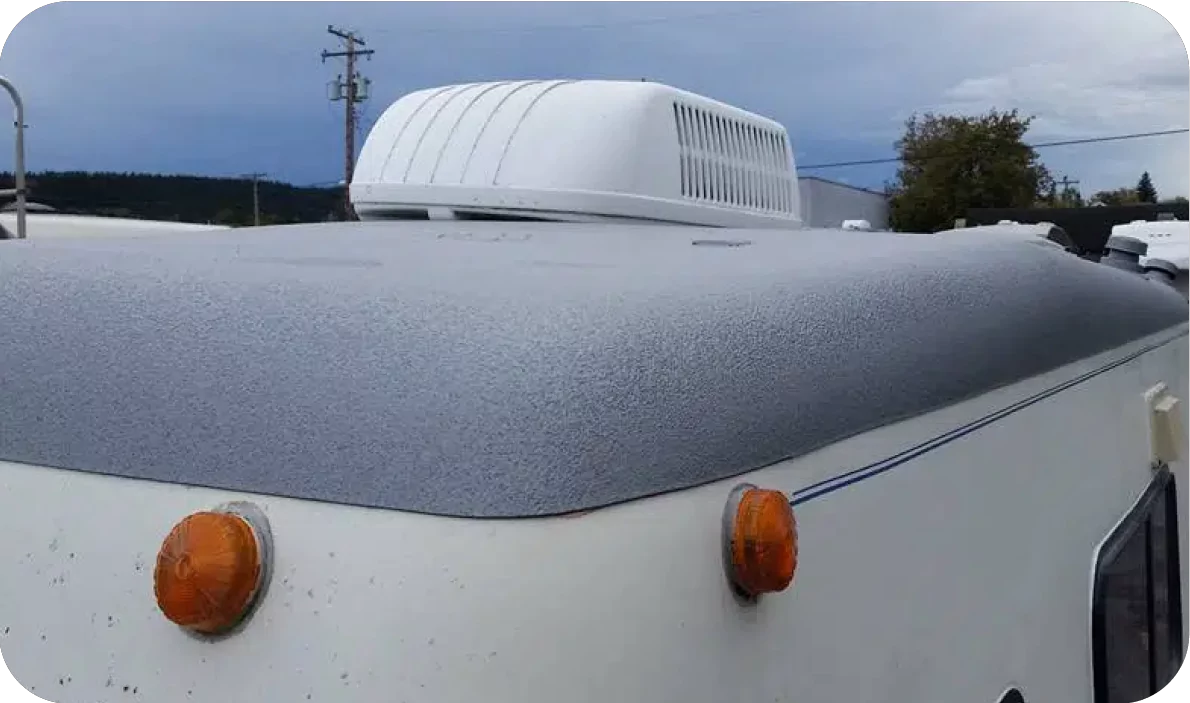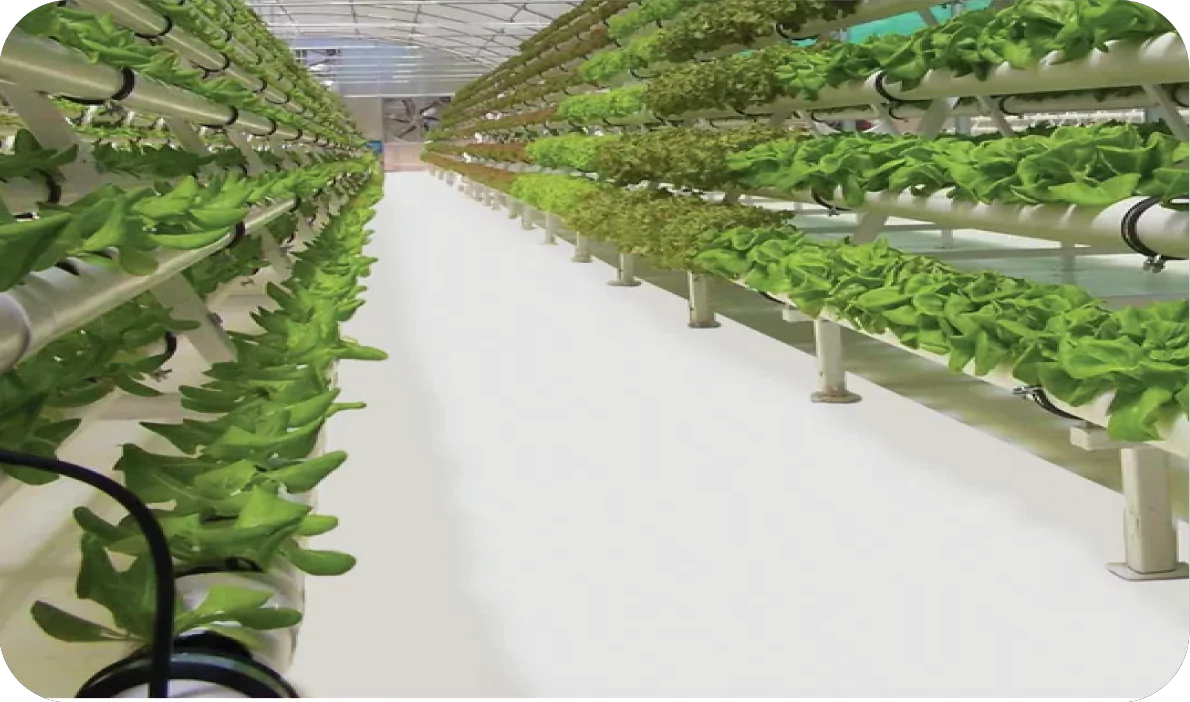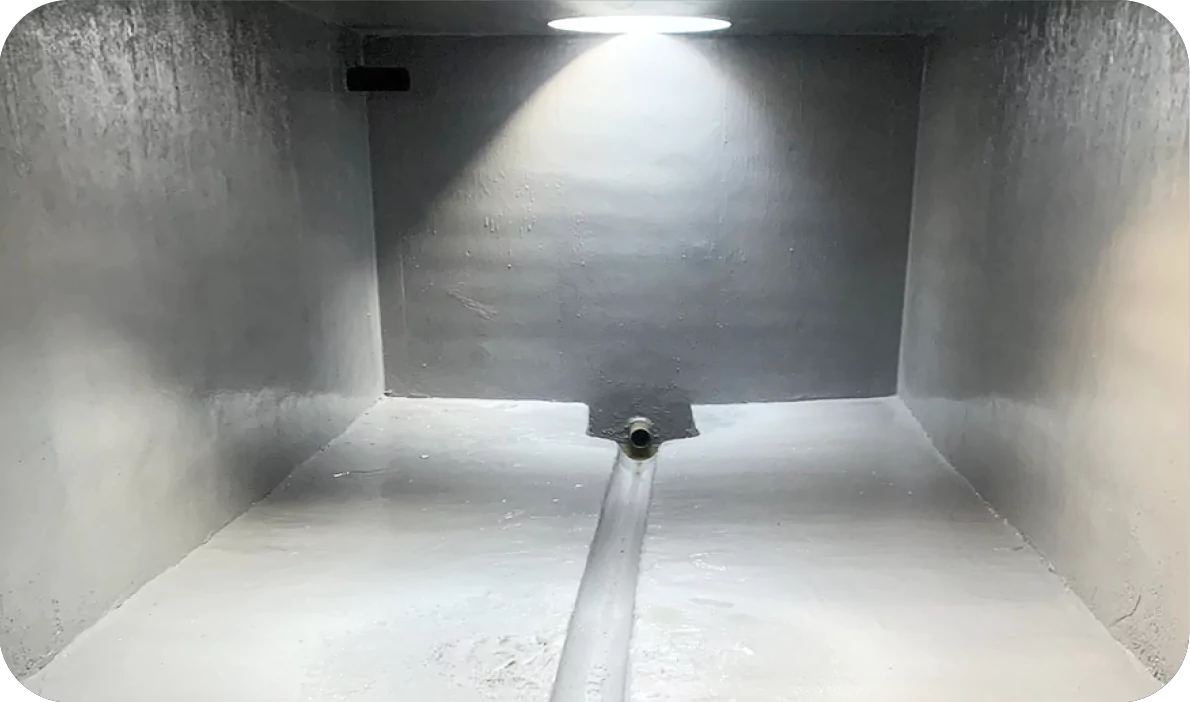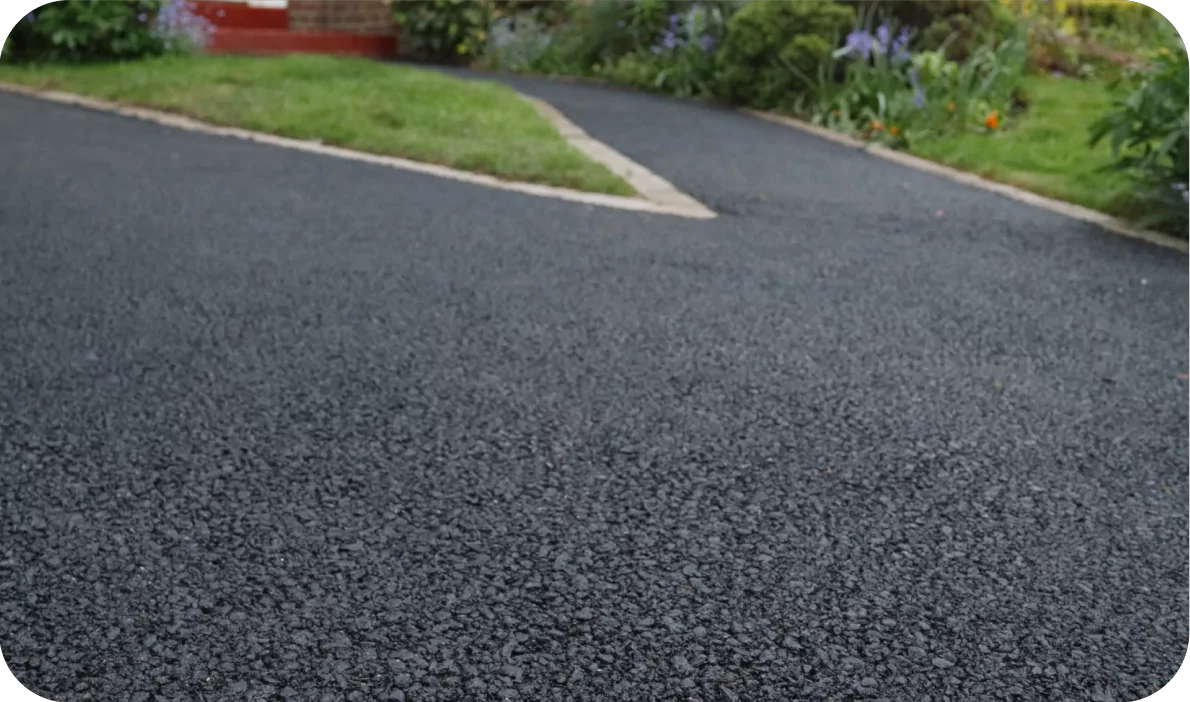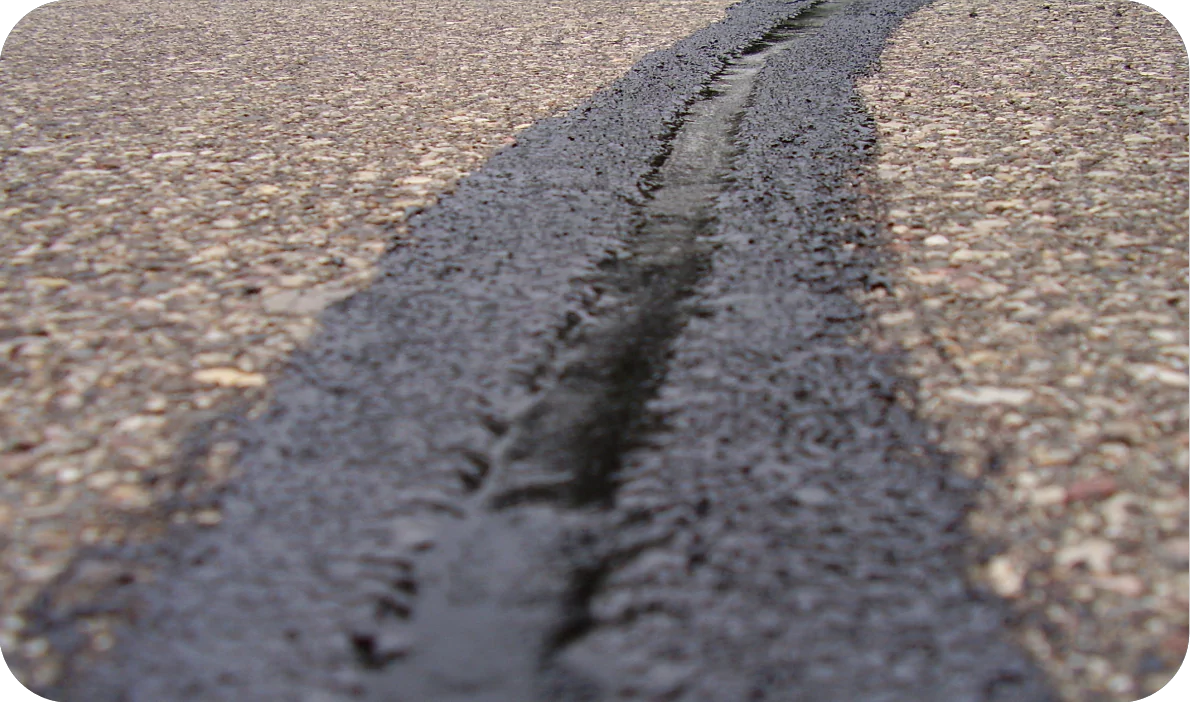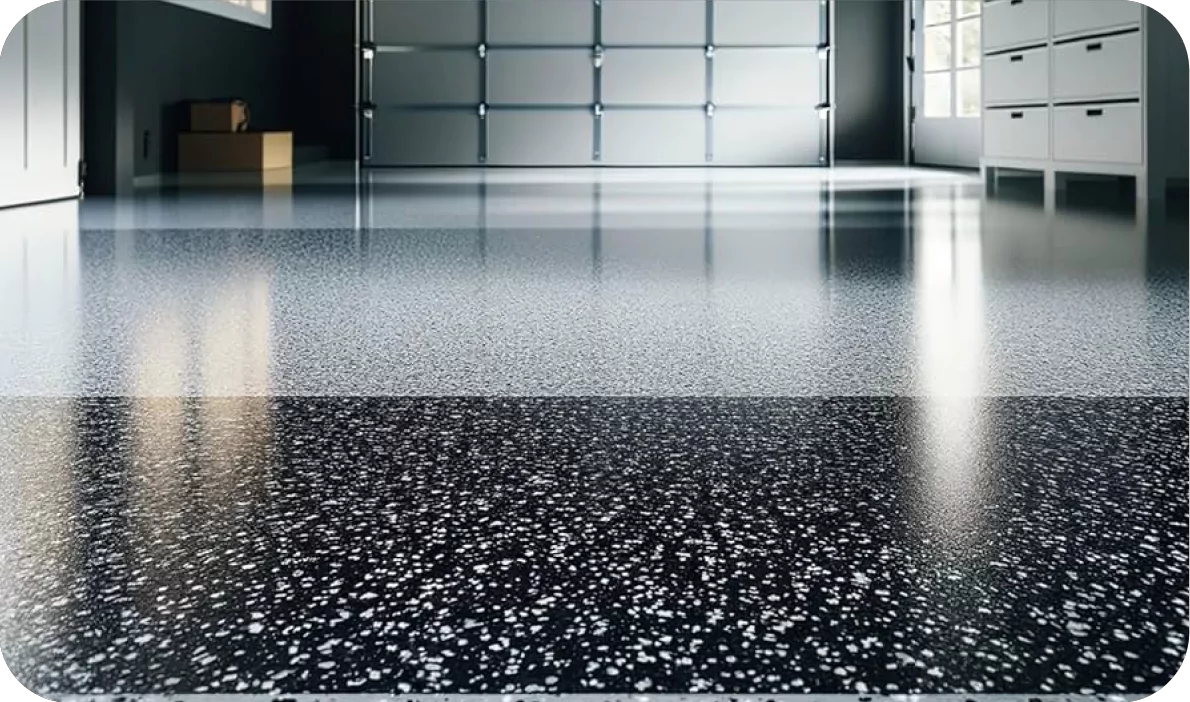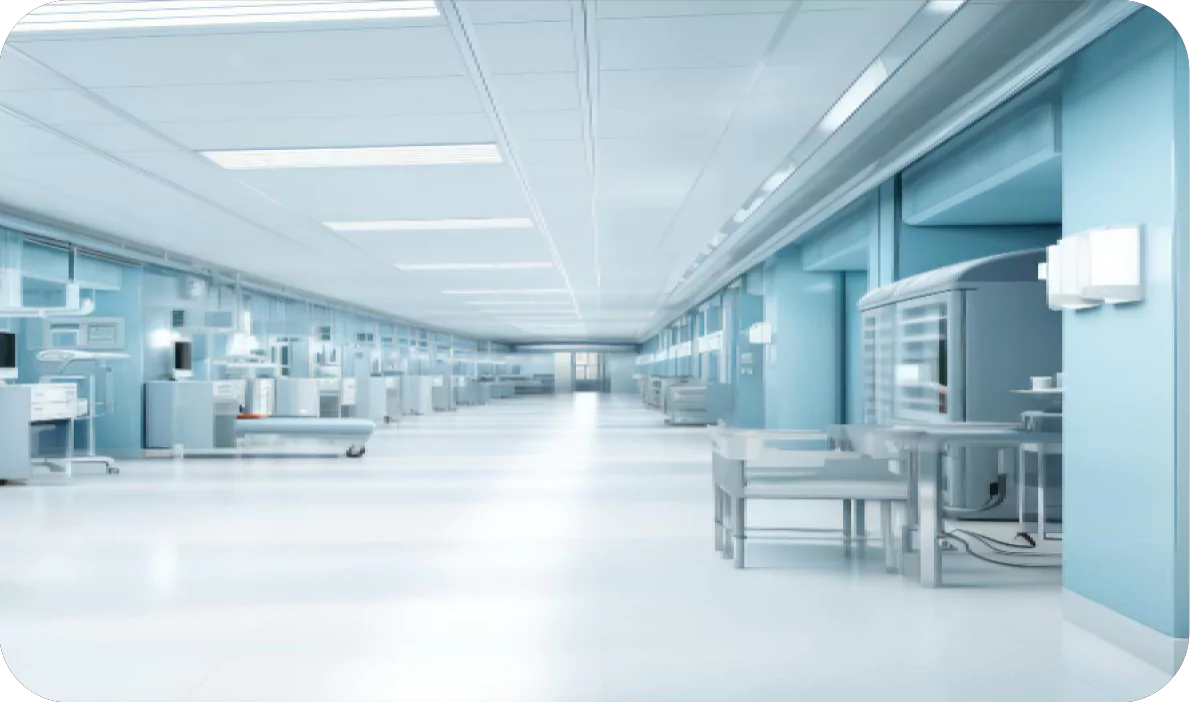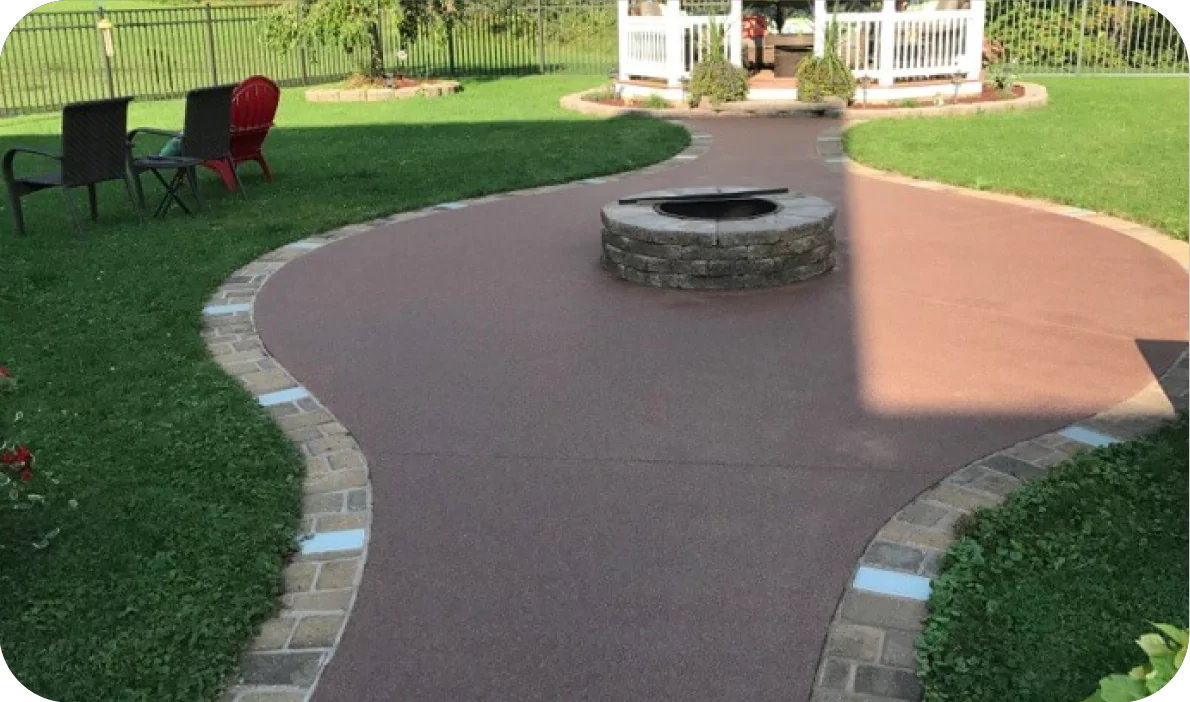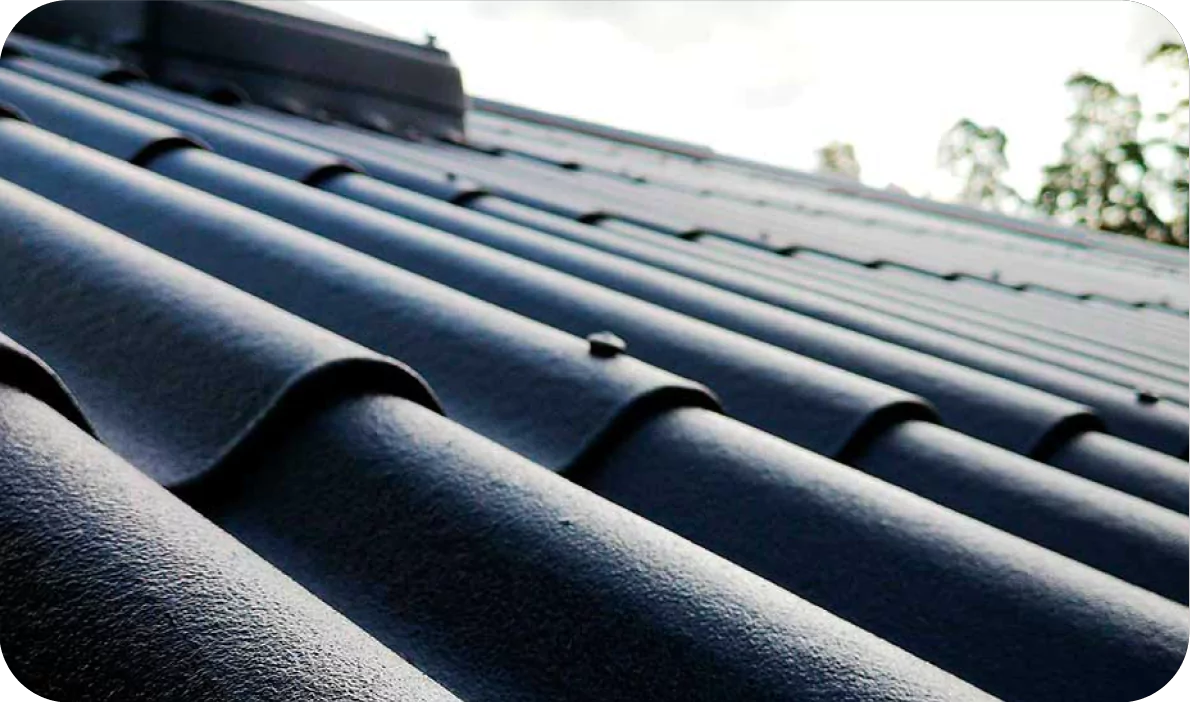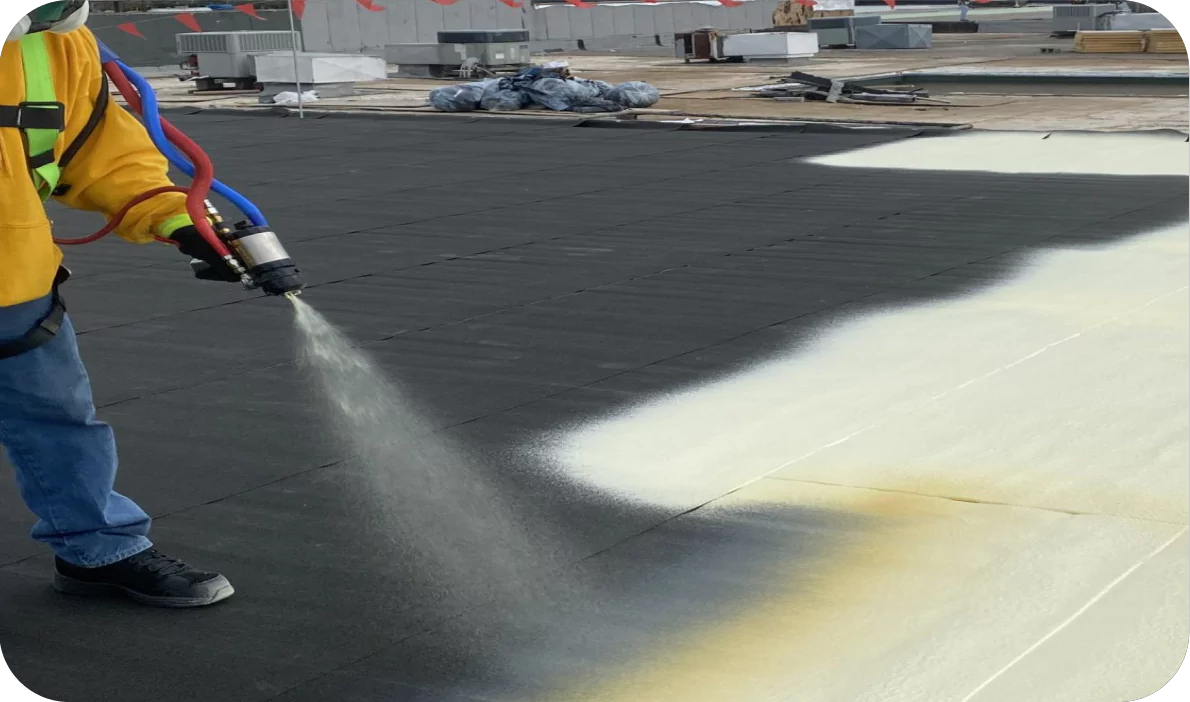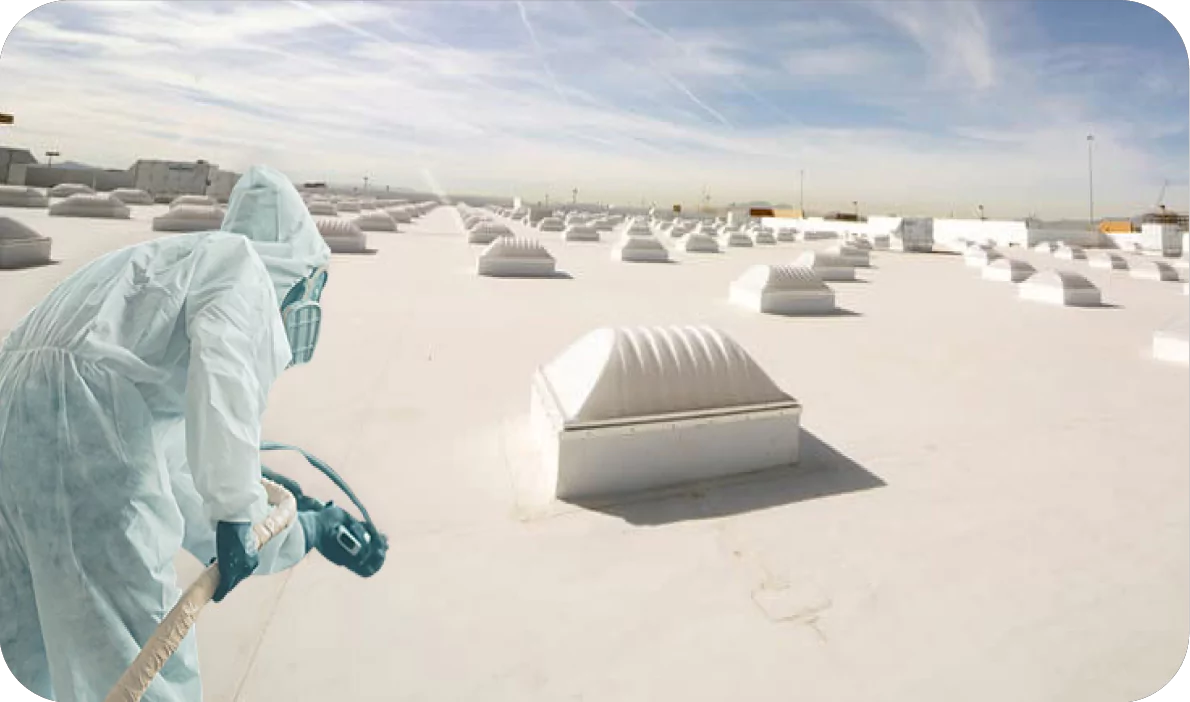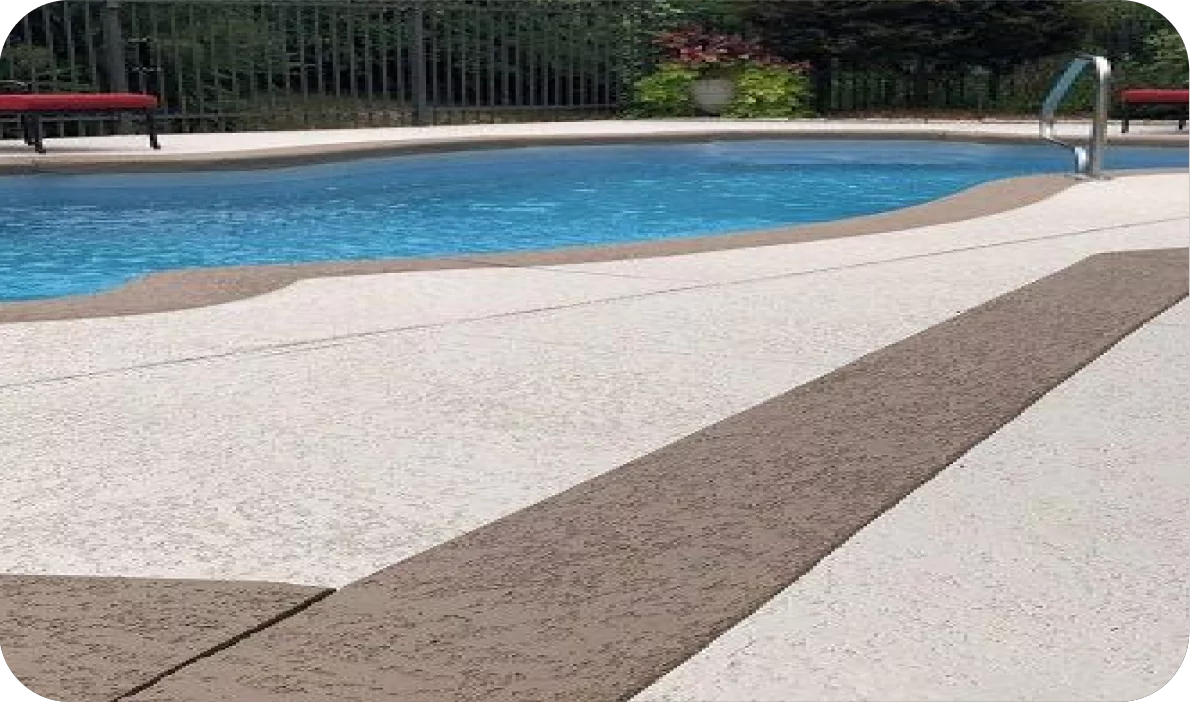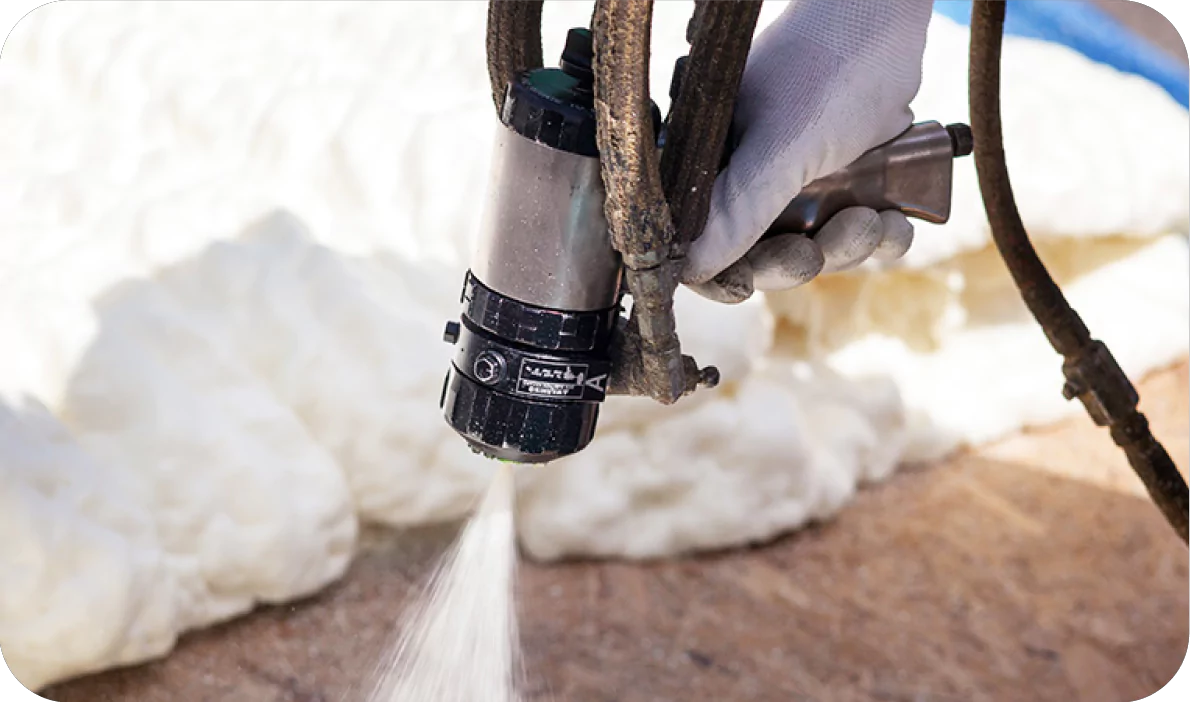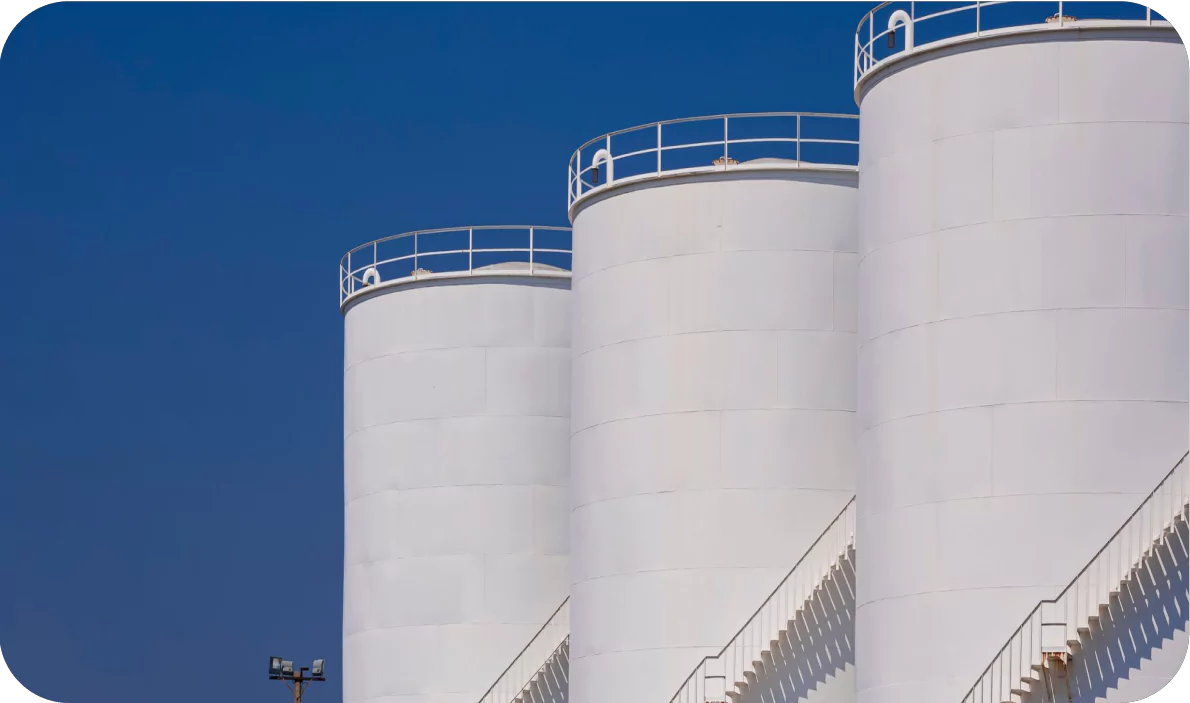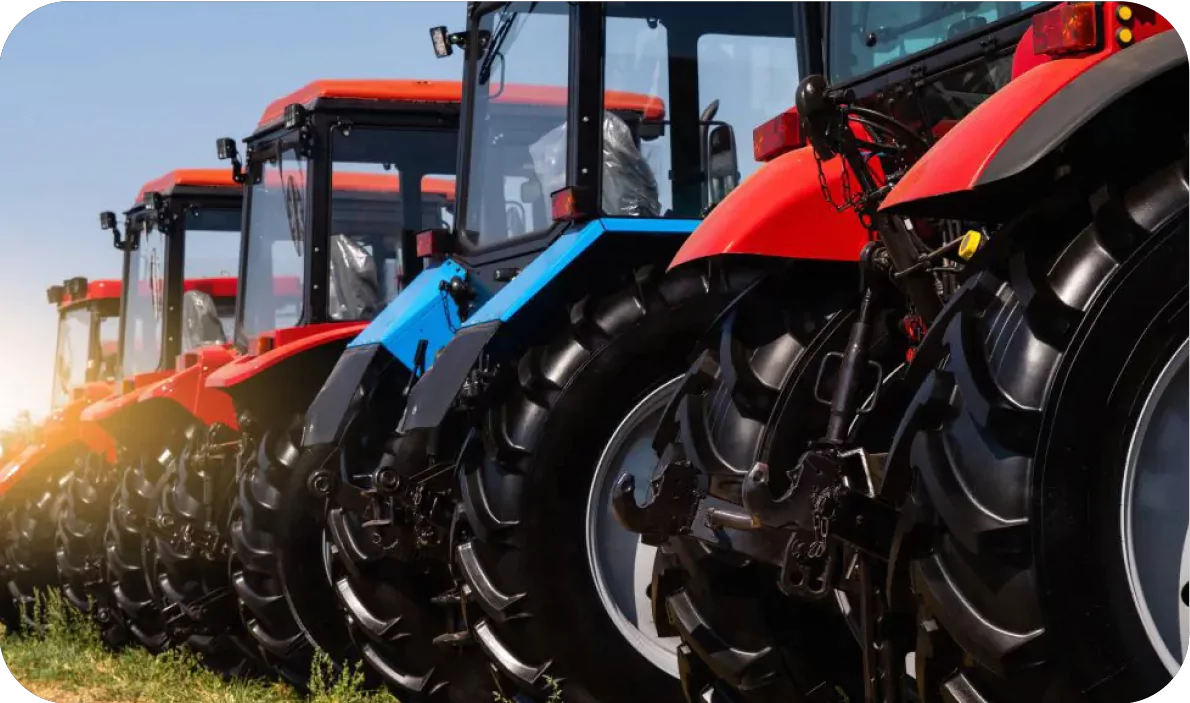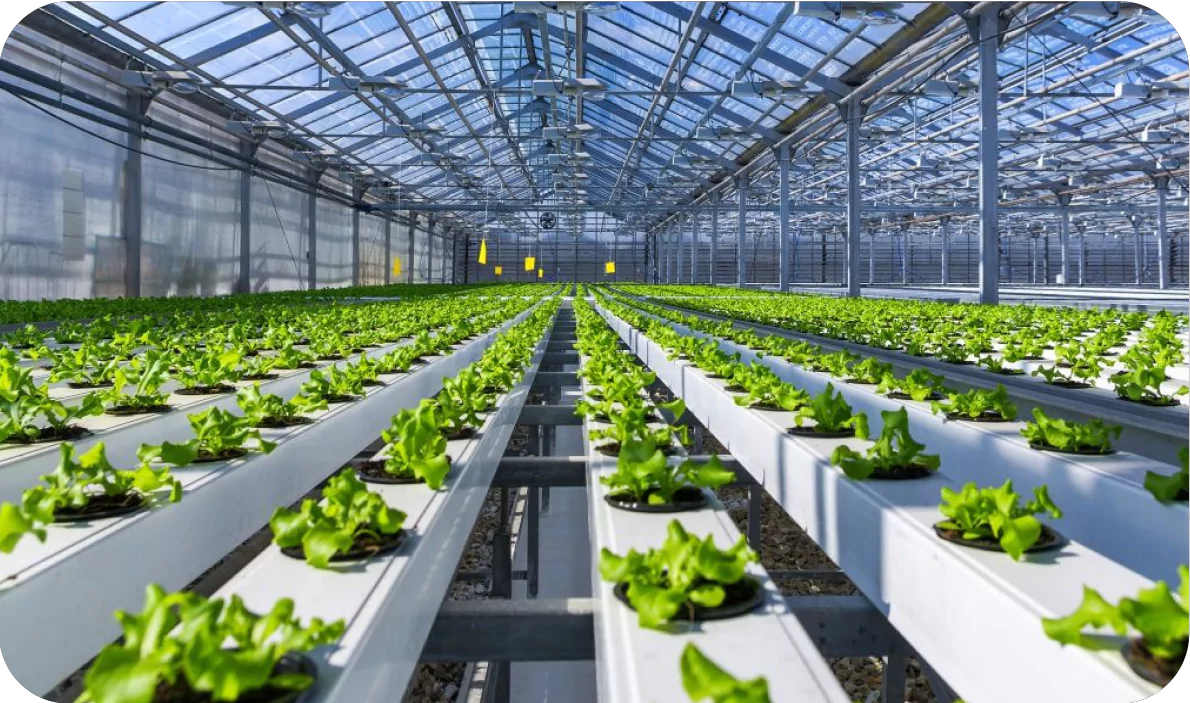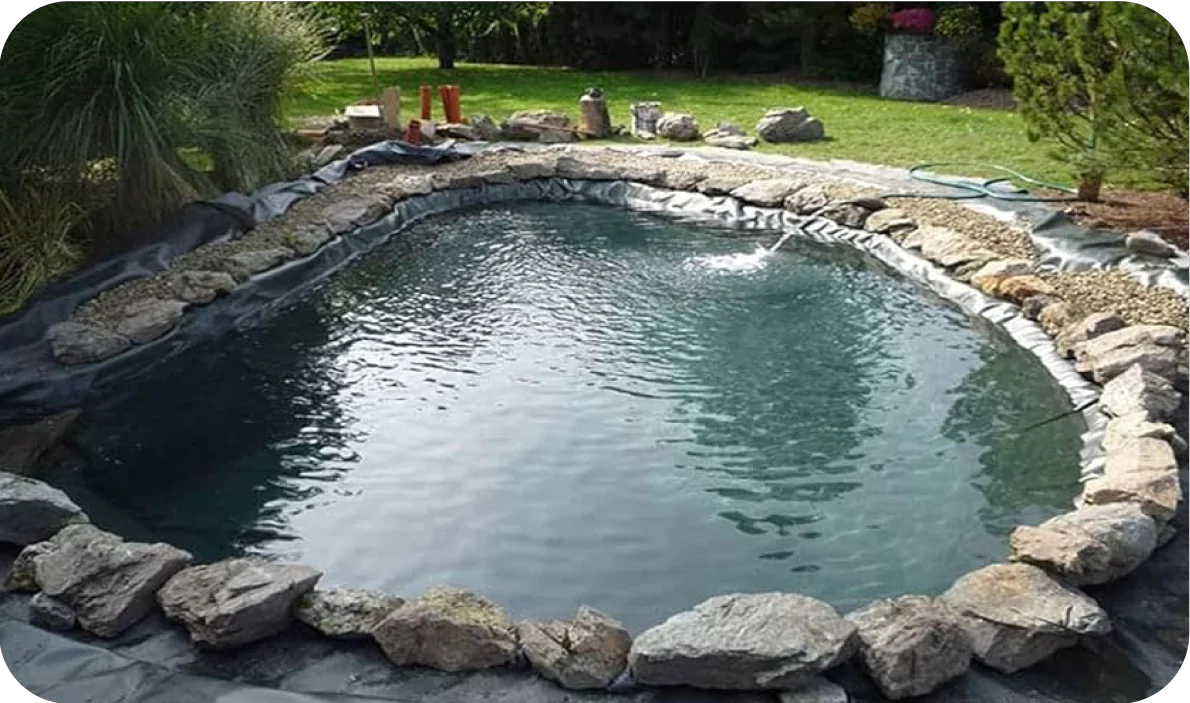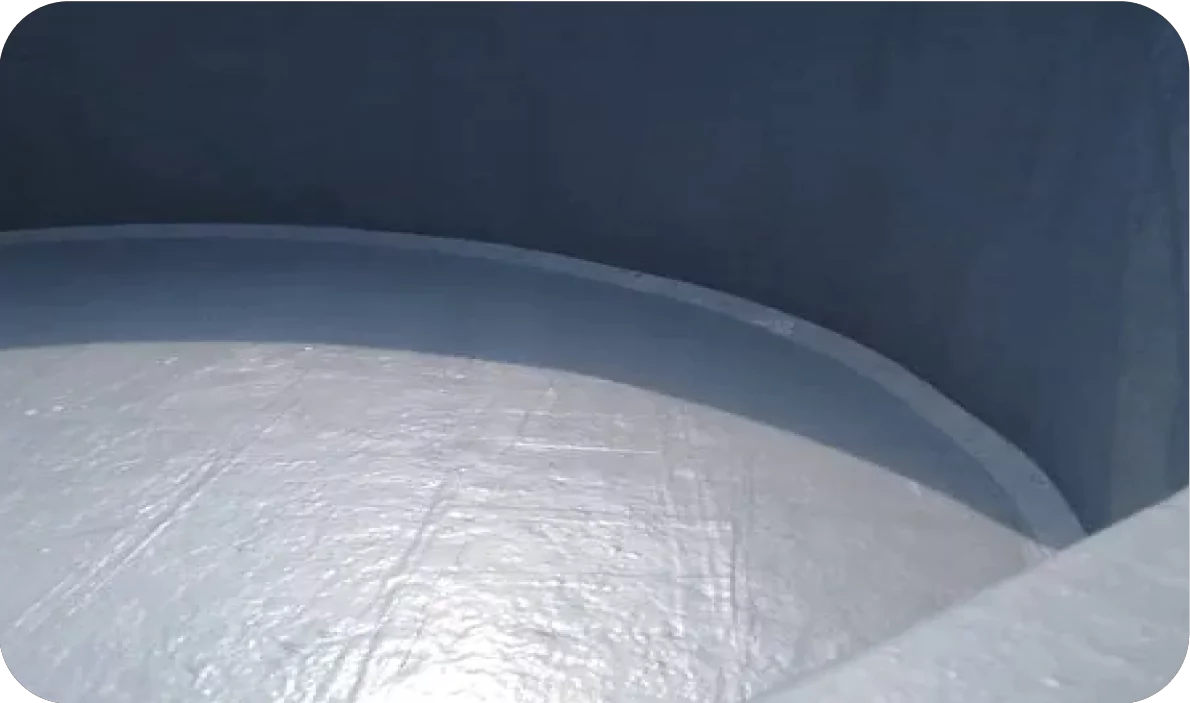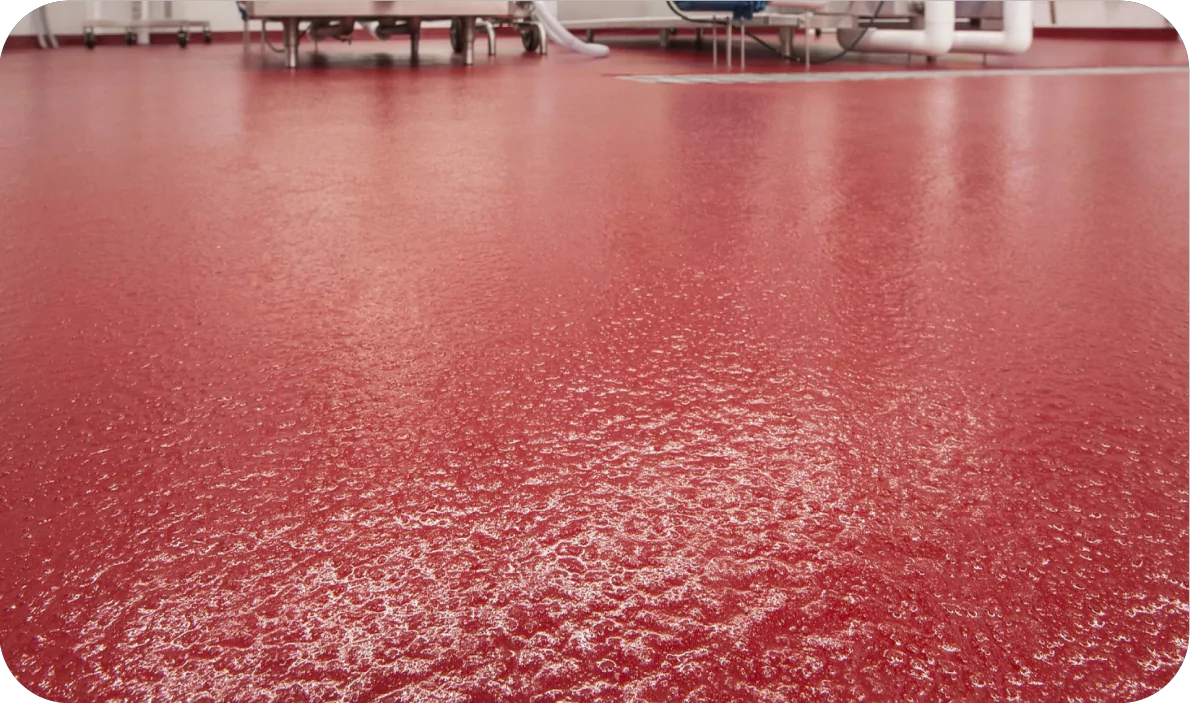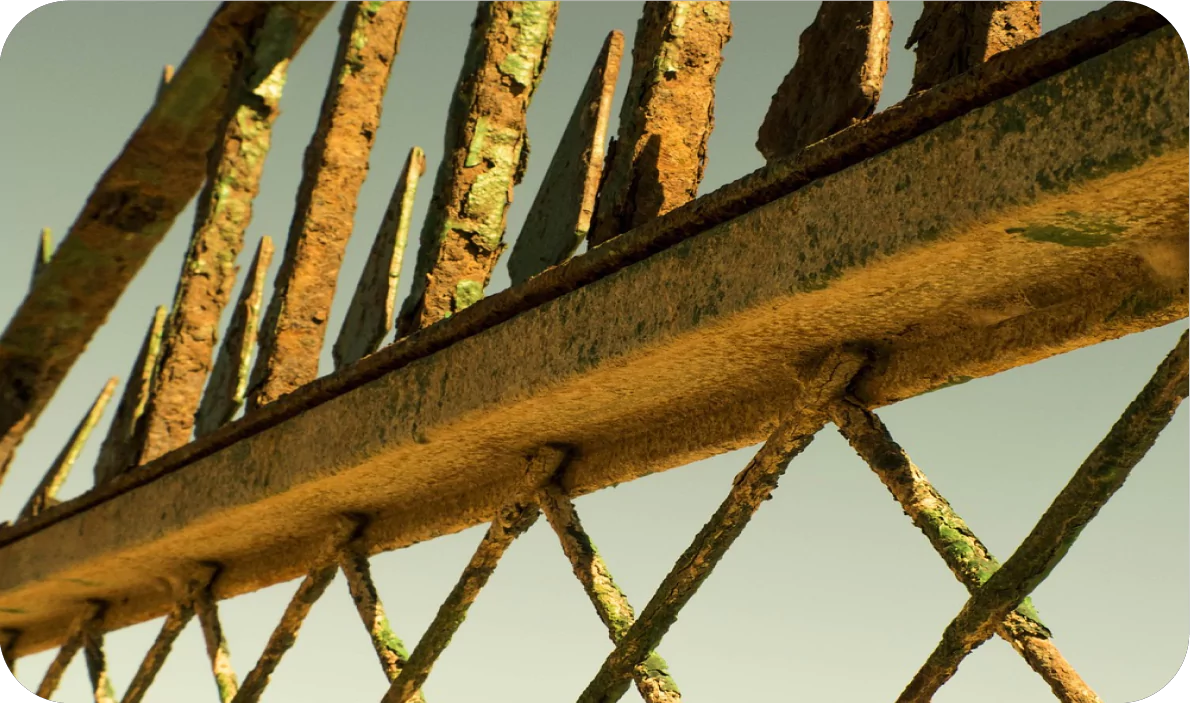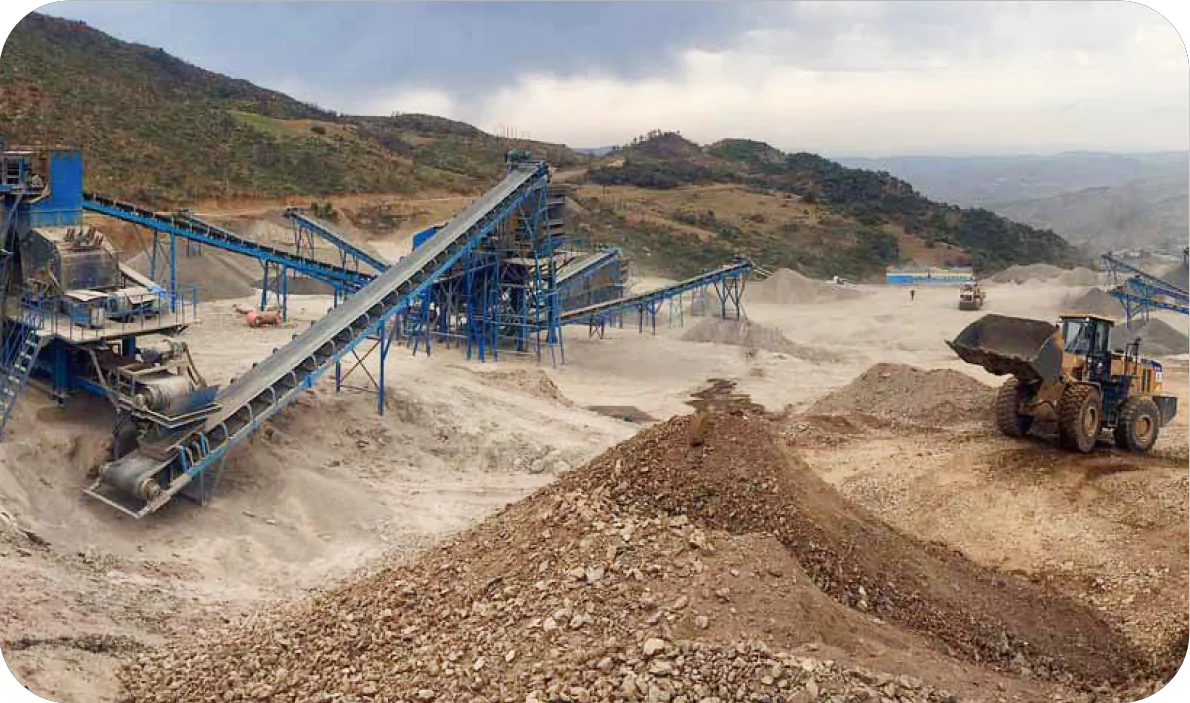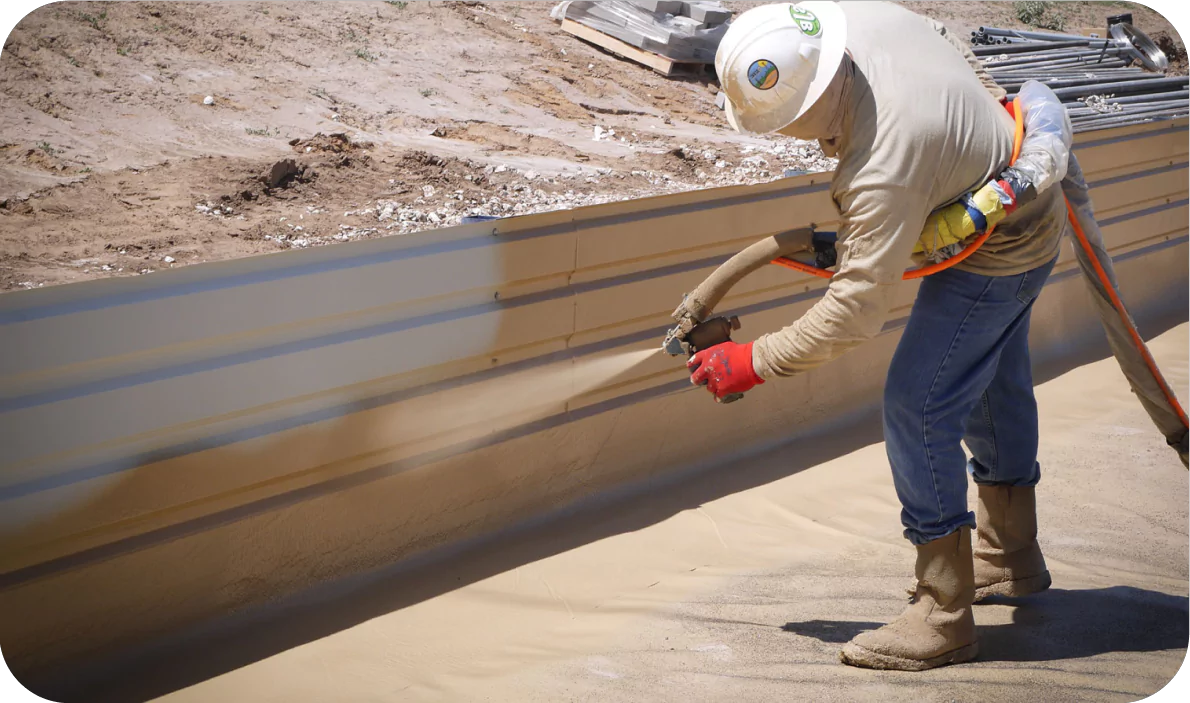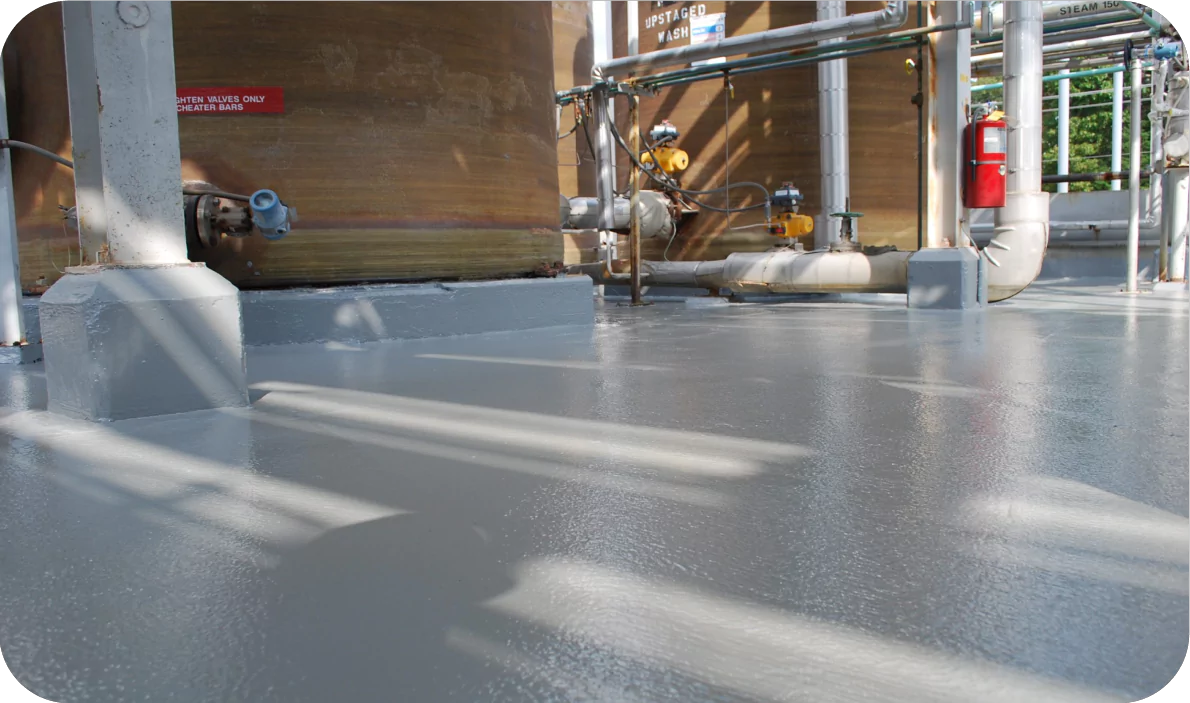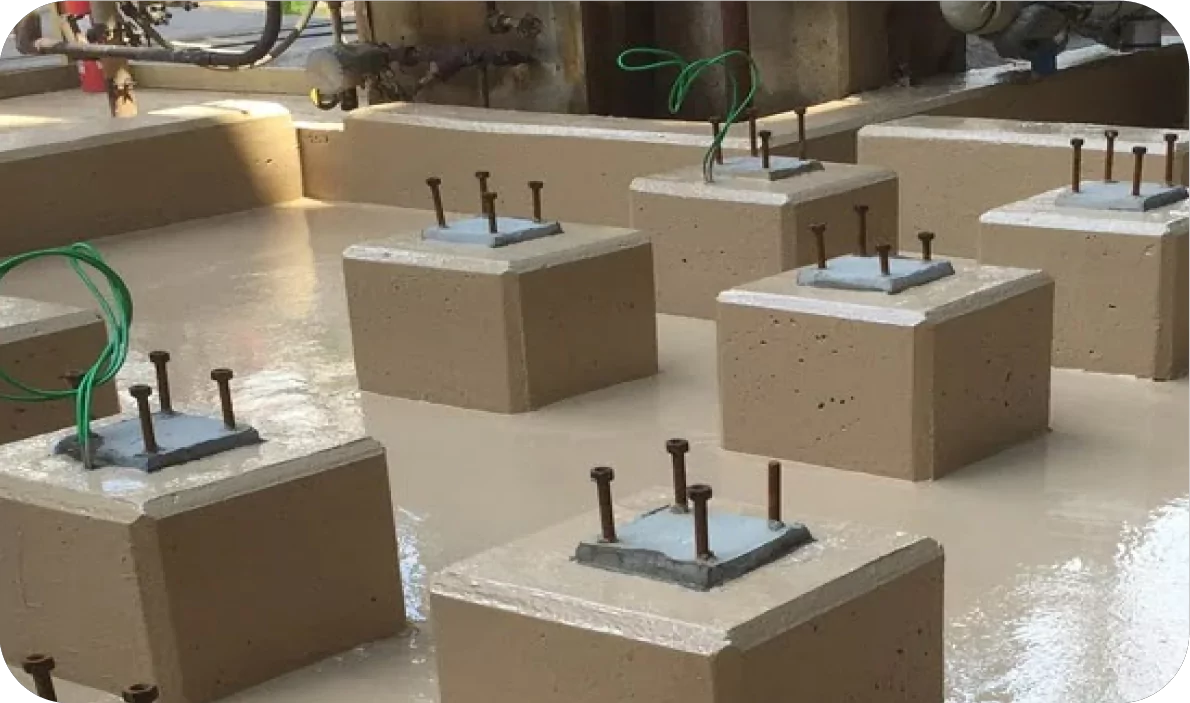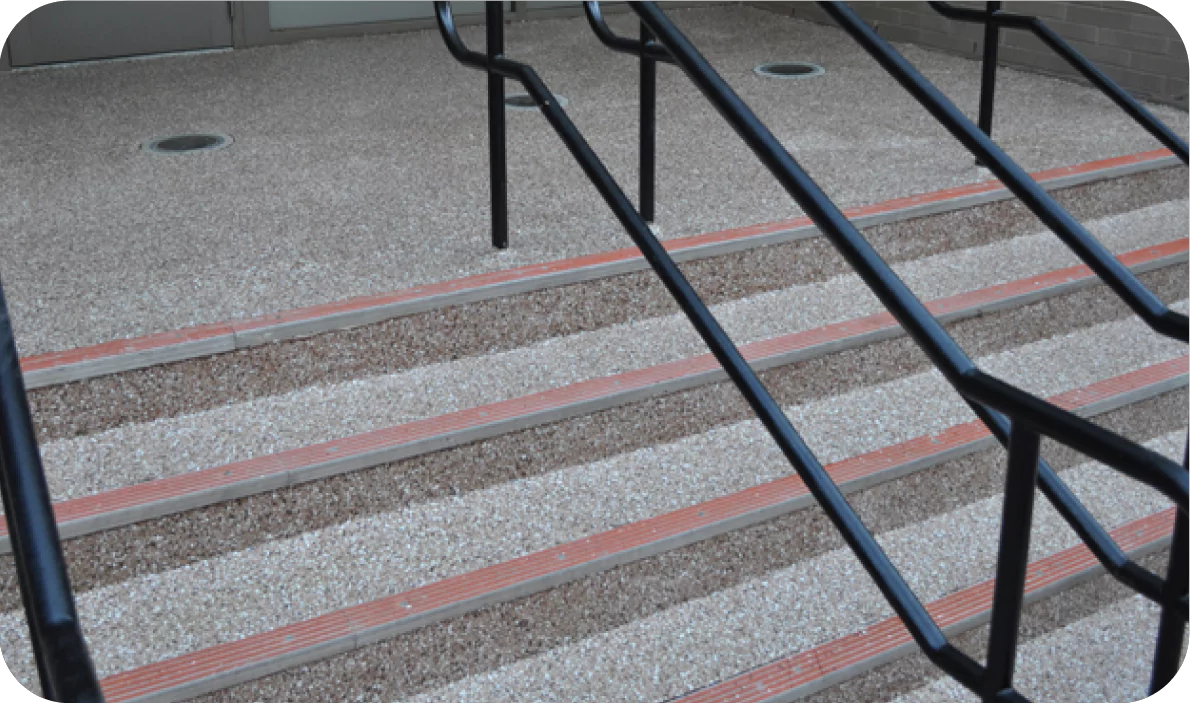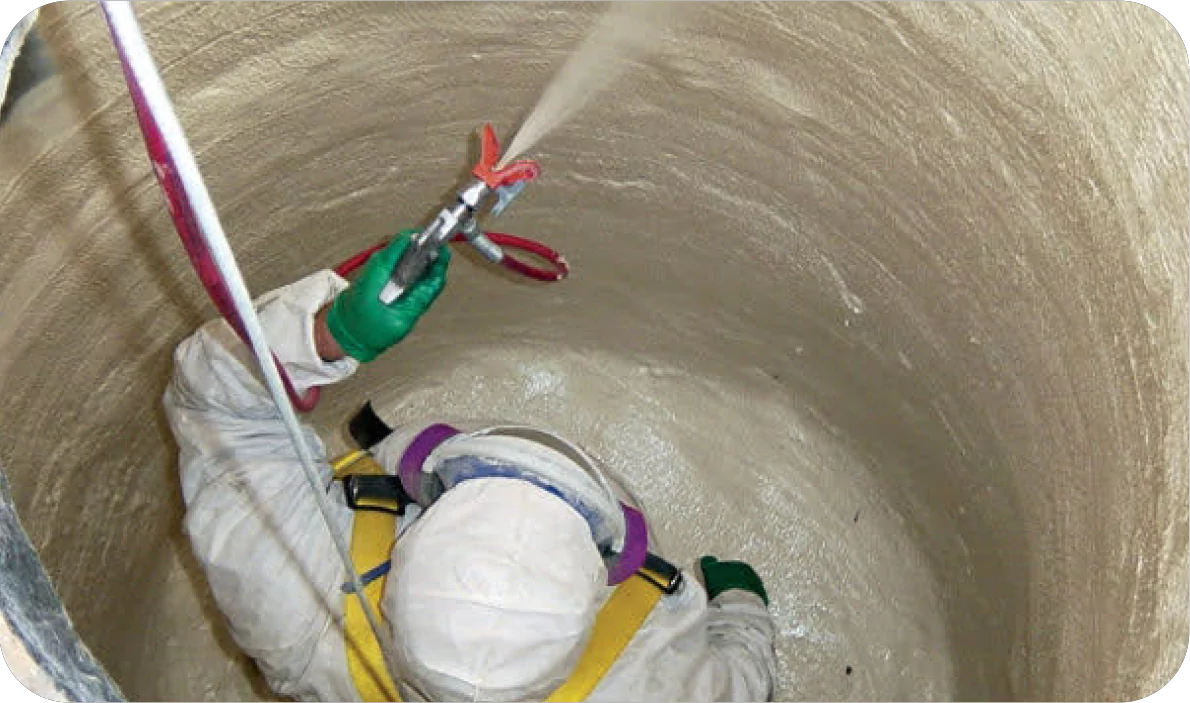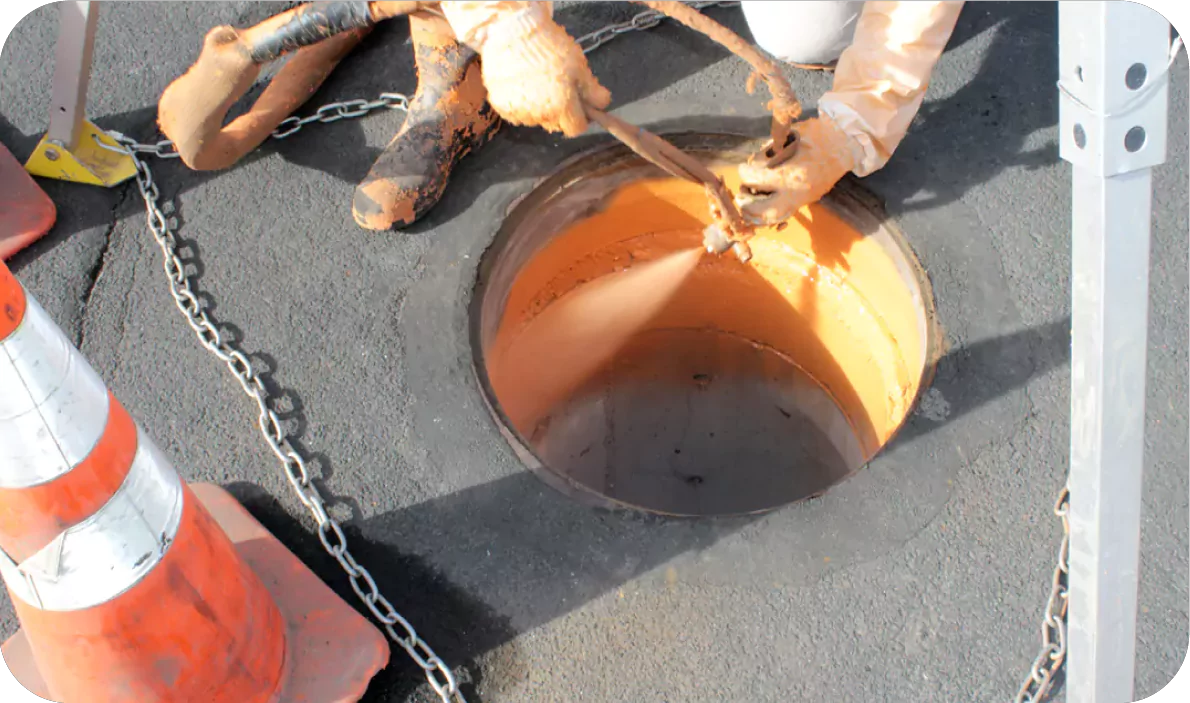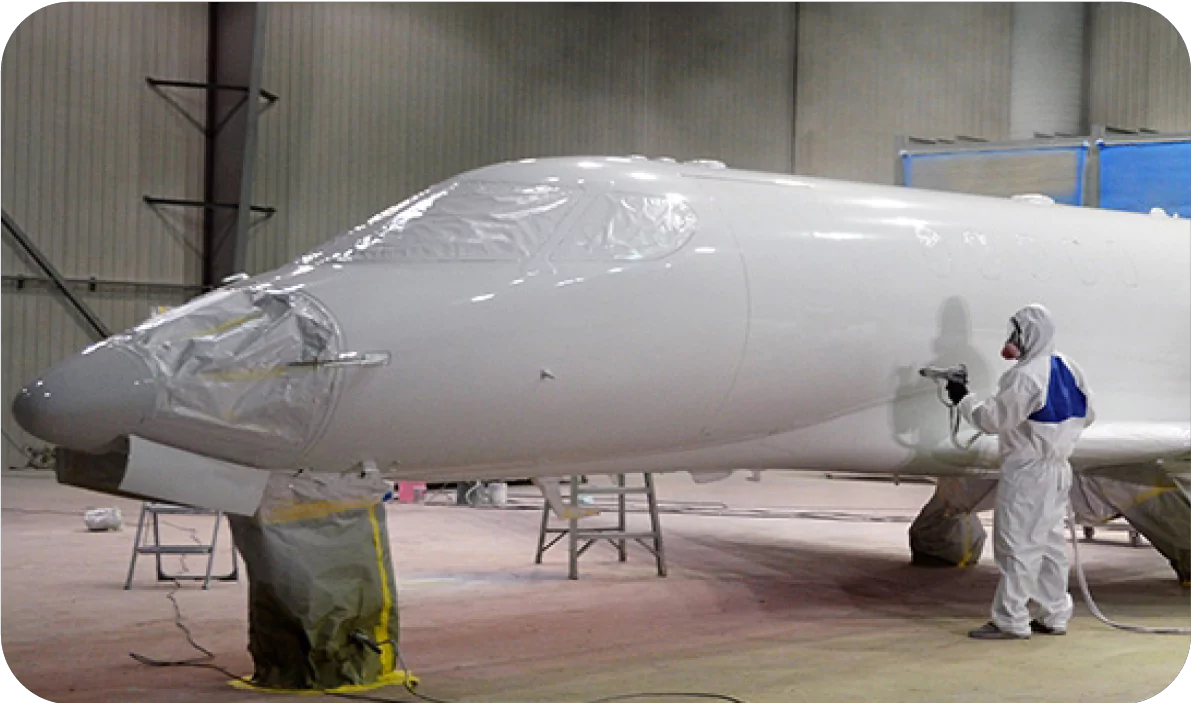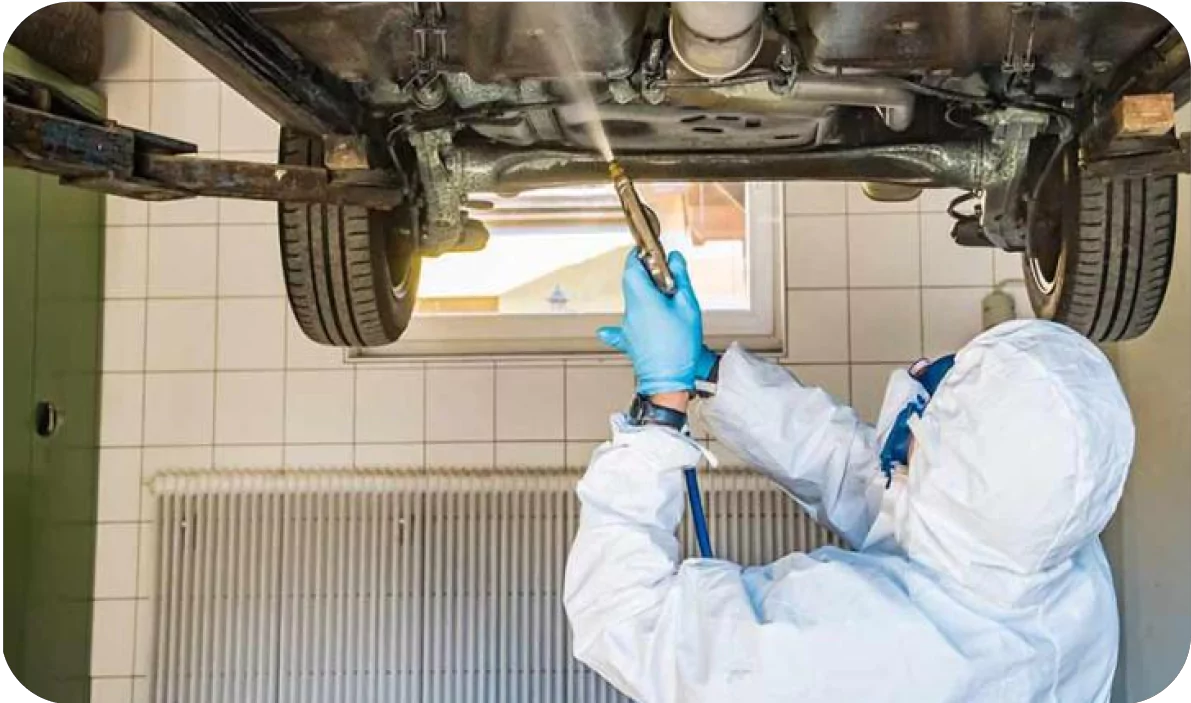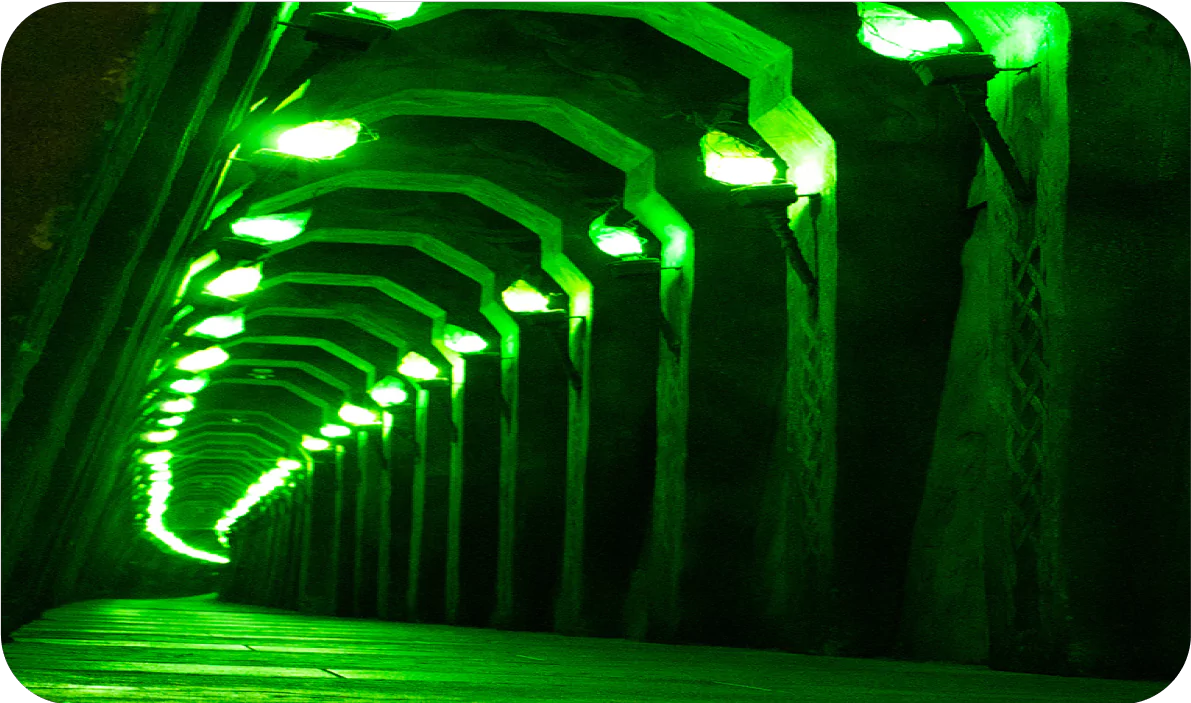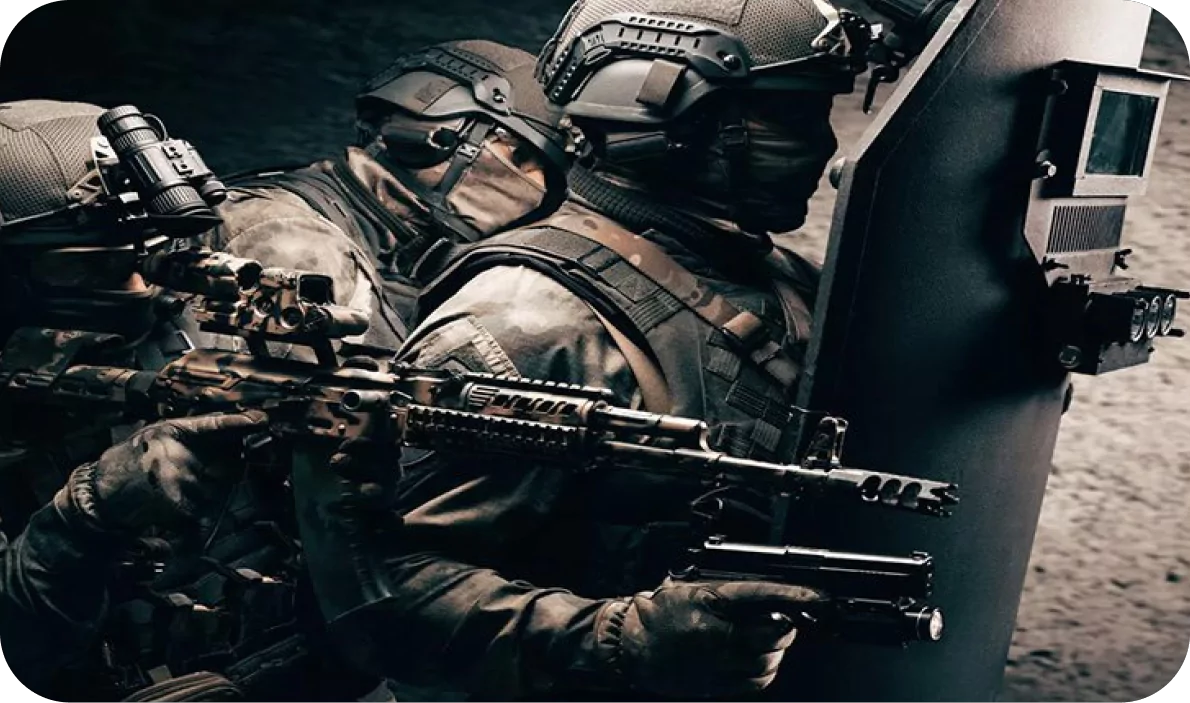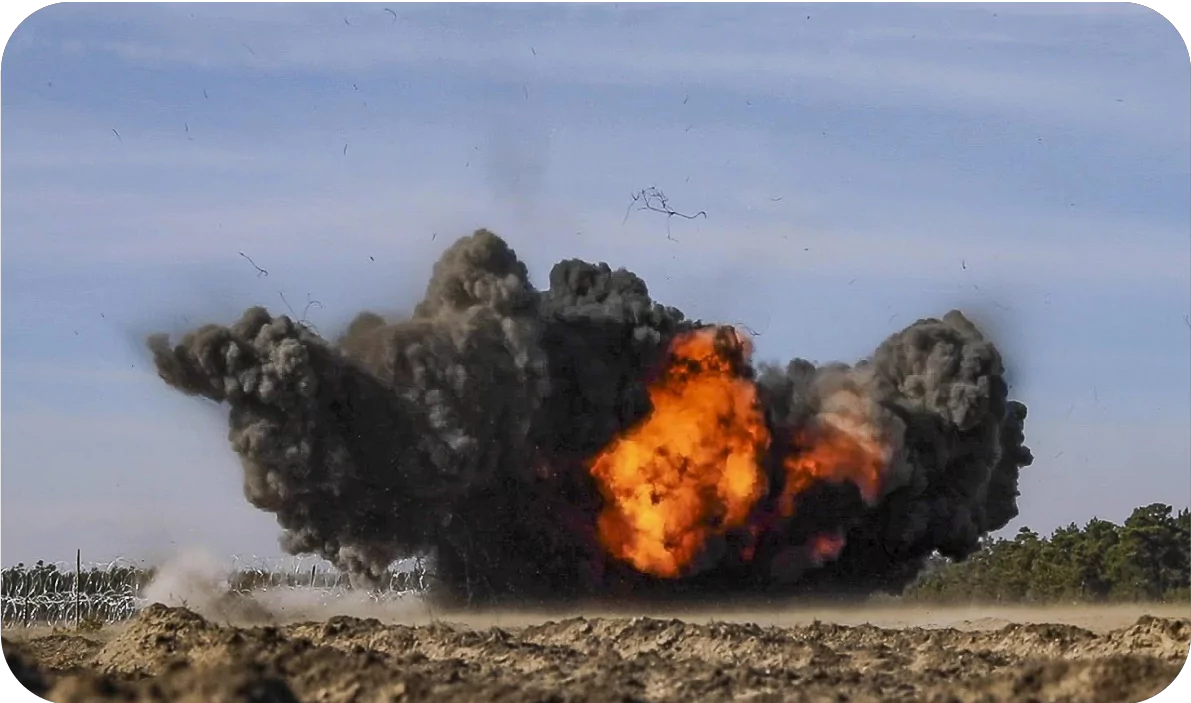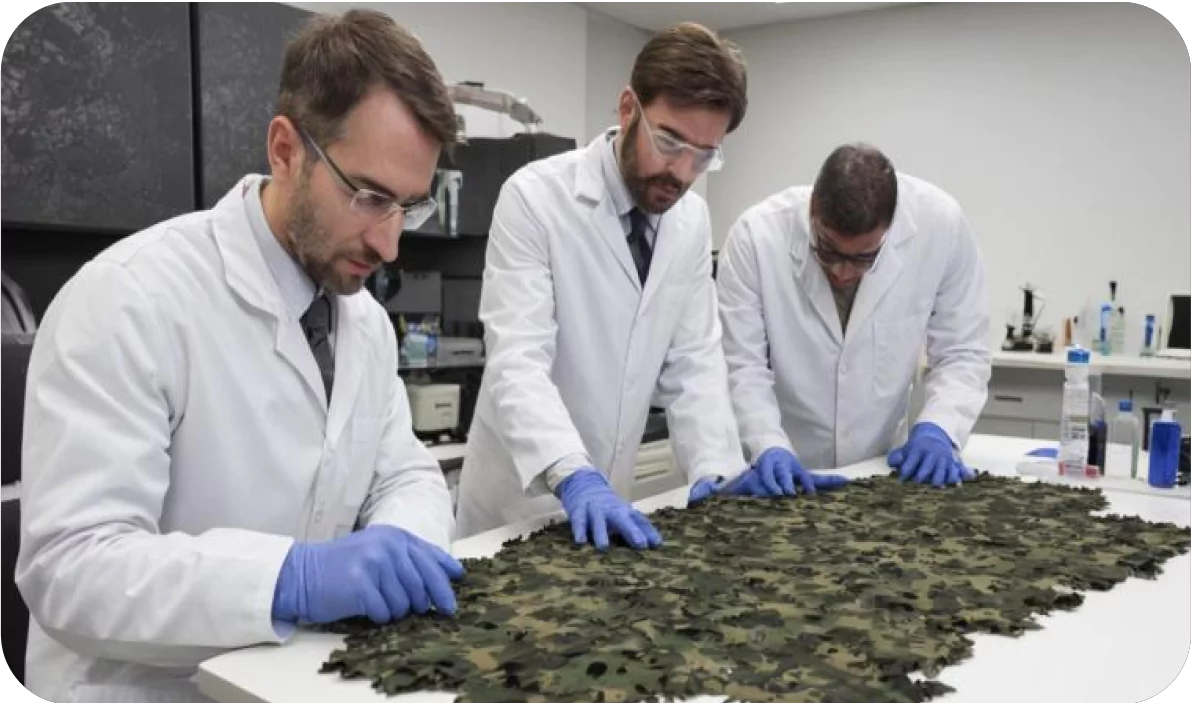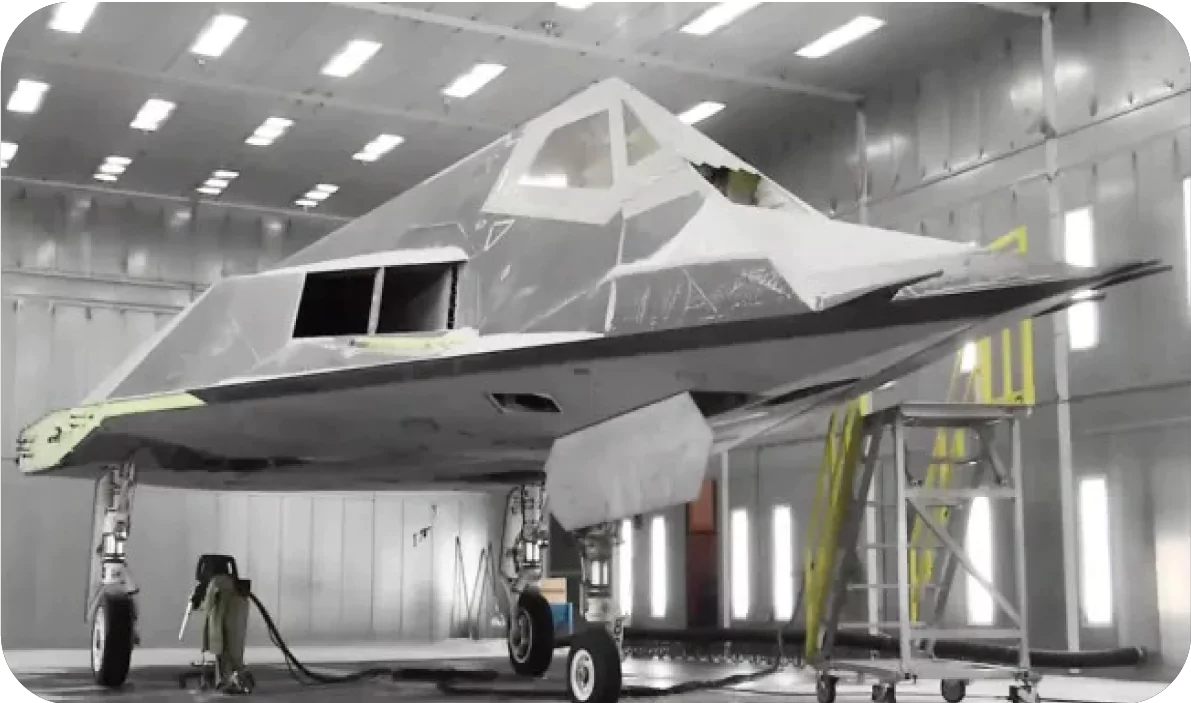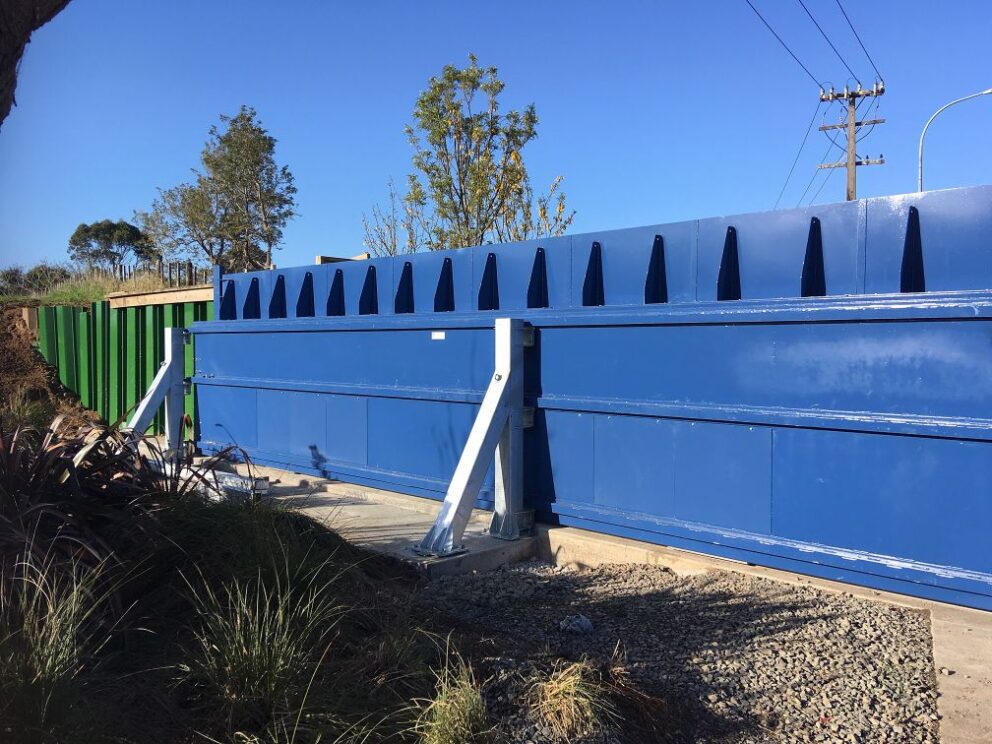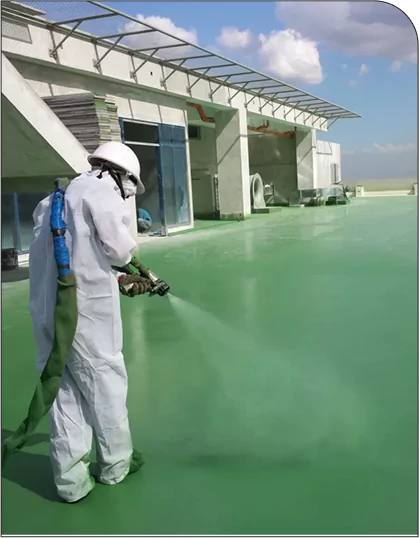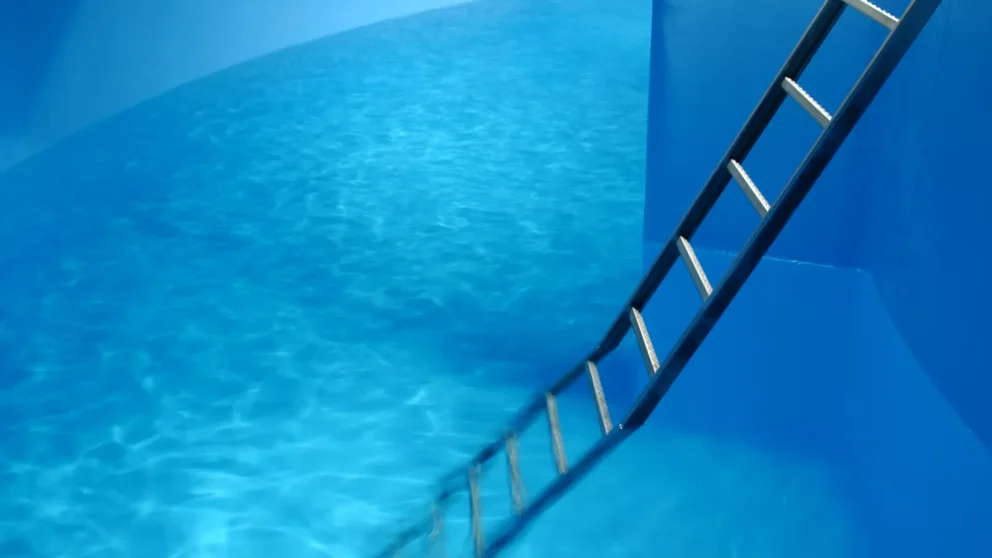Steel Structure
Corrosion Prevention
THE KEY TO Longevity and Reliability
Steel frameworks are vital components of today’s infrastructure, offering robustness, longevity, and adaptability. However, one of the biggest downsides or significant obstacles when using steel structures is corrosion. When left unprotected, corrosion can weaken the foundation, resulting in the need for repairs and hazards to safety. At ArmorThane, we recognize the importance of preventing corrosion to safeguard the durability and dependability of steel structures.
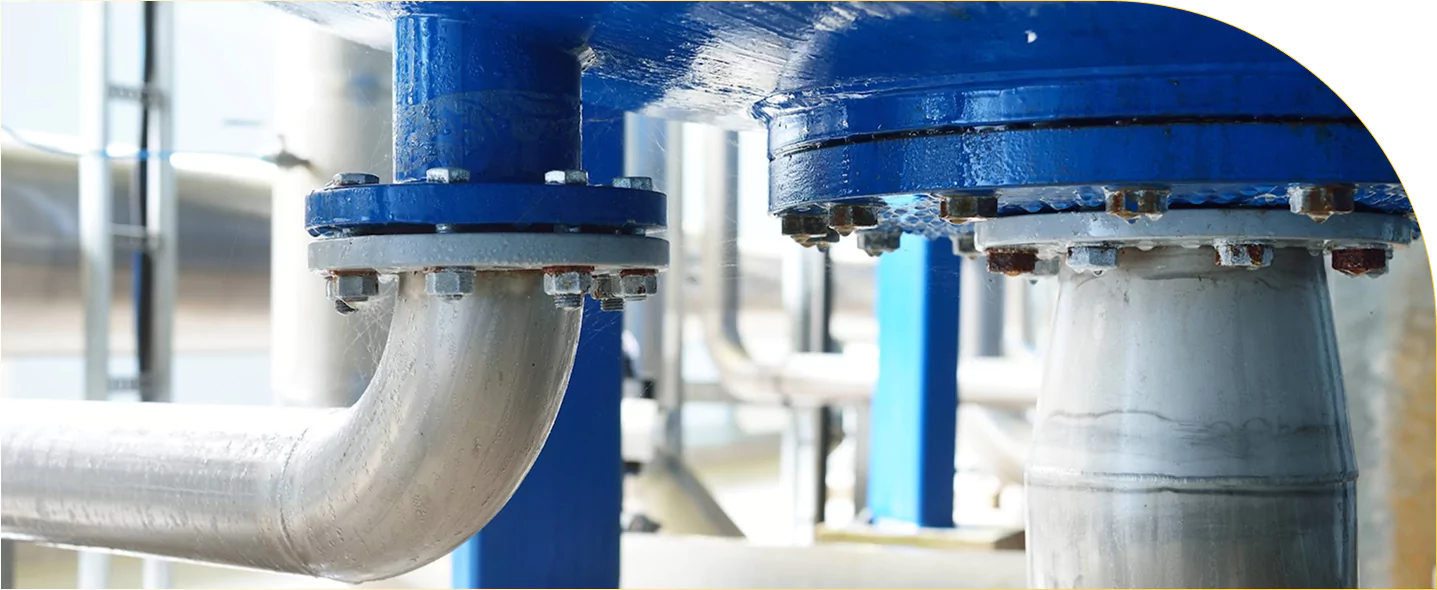
UNDERSTANDING CORROSION
The deterioration that results from interactions between the metal and its surroundings is the steel corrosion process. Rusting, common in steel, happens when the iron within the metal undergoes oxidation. Typically, for corrosion to occur, oxygen and water need to be available, resulting in the development of rust and the deterioration of the metal. Factors such as weather conditions, chemical exposure, and inadequate maintenance procedures can speed up this process. It is worth noting that corrosion leads to losses worldwide each year, underscoring the importance of implementing successful prevention methods.
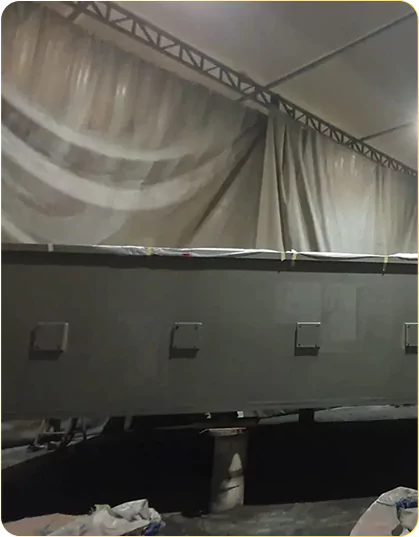
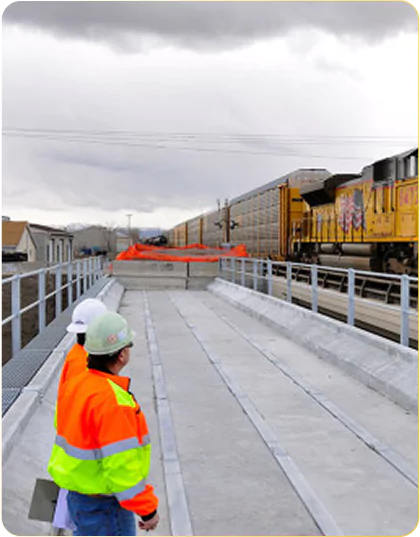
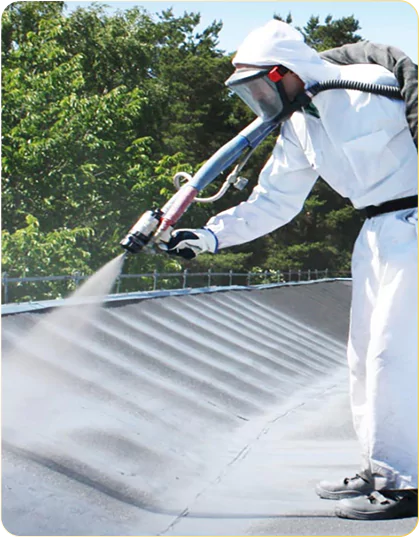
The ArmorThane Advantage:
Unmatched Performance Metrics
At ArmorThane, we have created solutions for preventing corrosion specifically designed for steel structures. Our special polyurea coatings offer top-notch protection against corrosion by forming a barrier that keeps moisture out and prevents rust. With over 35 years of experience,, we have perfected our formulas to ensure performance in the toughest conditions.
The polyurea coatings we provide come with impressive performance features such as tensile strength, flexibility, and resistance to chemicals. These coatings can withstand up to 6,000 psi of strength and over 300% elongation, offering protection against corrosion while allowing for structural movement and expansion. Moreover, our coatings are UV-resistant, guaranteeing lasting defense against the effects of sunlight.
The polyurea coatings we provide come with impressive performance features such as tensile strength, flexibility, and resistance to chemicals. These coatings can withstand up to 6,000 psi of strength and over 300% elongation, offering protection against corrosion while allowing for structural movement and expansion. Moreover, our coatings are UV-resistant, guaranteeing lasting defense against the effects of sunlight.
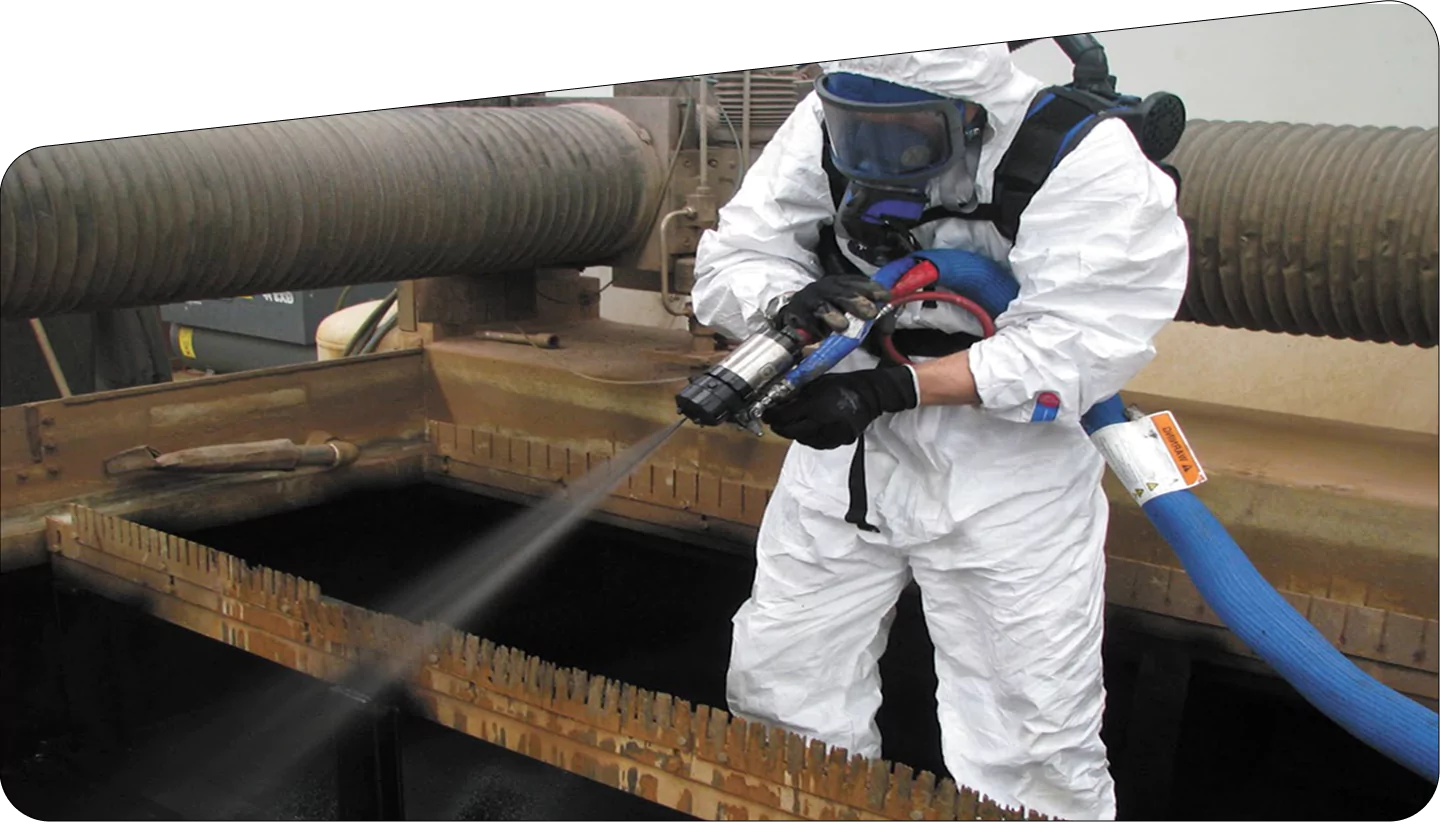
Customized Solutions
for Every Application:
The deterioration that results from interactions between the metal and its surroundings is the steel corrosion process. Rusting, common in steel, happens when the iron within the metal undergoes oxidation. Typically, for corrosion to occur, oxygen and water need to be available, resulting in the development of rust and the deterioration of the metal. Factors such as weather conditions, chemical exposure, and inadequate maintenance procedures can speed up this process. It is worth noting that corrosion leads to losses worldwide each year, underscoring the importance of implementing successful prevention methods.
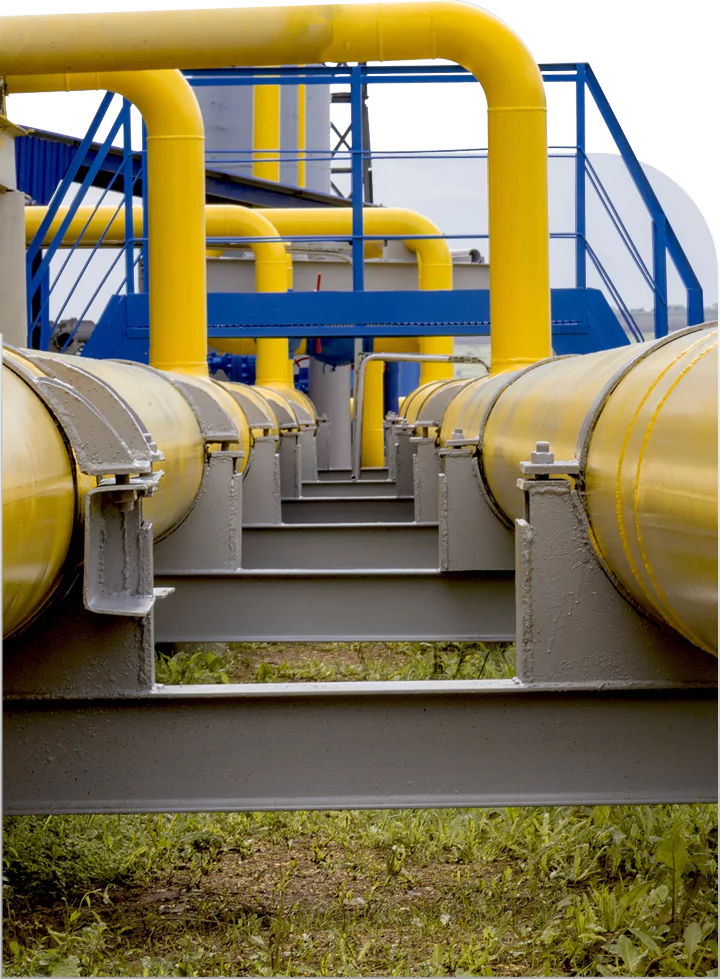
Customized Solutions for Every Application:
At ArmorThane, we have created solutions, for preventing corrosion that are specifically designed for the challenges faced by steel structures. Our special polyurea coatings defend against corrosion by forming a barrier that keeps out moisture and prevents rust from developing. With more than 35 years of experience, we have perfected our formulas to deliver performance even in the toughest conditions. We recognize that each steel structure is unique, which is why we offer corrosion prevention solutions tailored to meet the needs of each project. Whether its a bridge, a facility, or an offshore platform, our team of experts collaborates closely with clients to design a coating system that not only meets but surpasses their requirements.
Don’t let corrosion jeopardize the strength of your steel structures. With ArmorThanes’ cutting-edge polyurea coatings, you can protect your investments. Have peace of mind knowing that your assets are shielded against corrosion for years to come. Choose the leader in corrosion prevention. Experience the difference with ArmorThane today.
Don’t let corrosion jeopardize the strength of your steel structures. With ArmorThanes’ cutting-edge polyurea coatings, you can protect your investments. Have peace of mind knowing that your assets are shielded against corrosion for years to come. Choose the leader in corrosion prevention. Experience the difference with ArmorThane today.
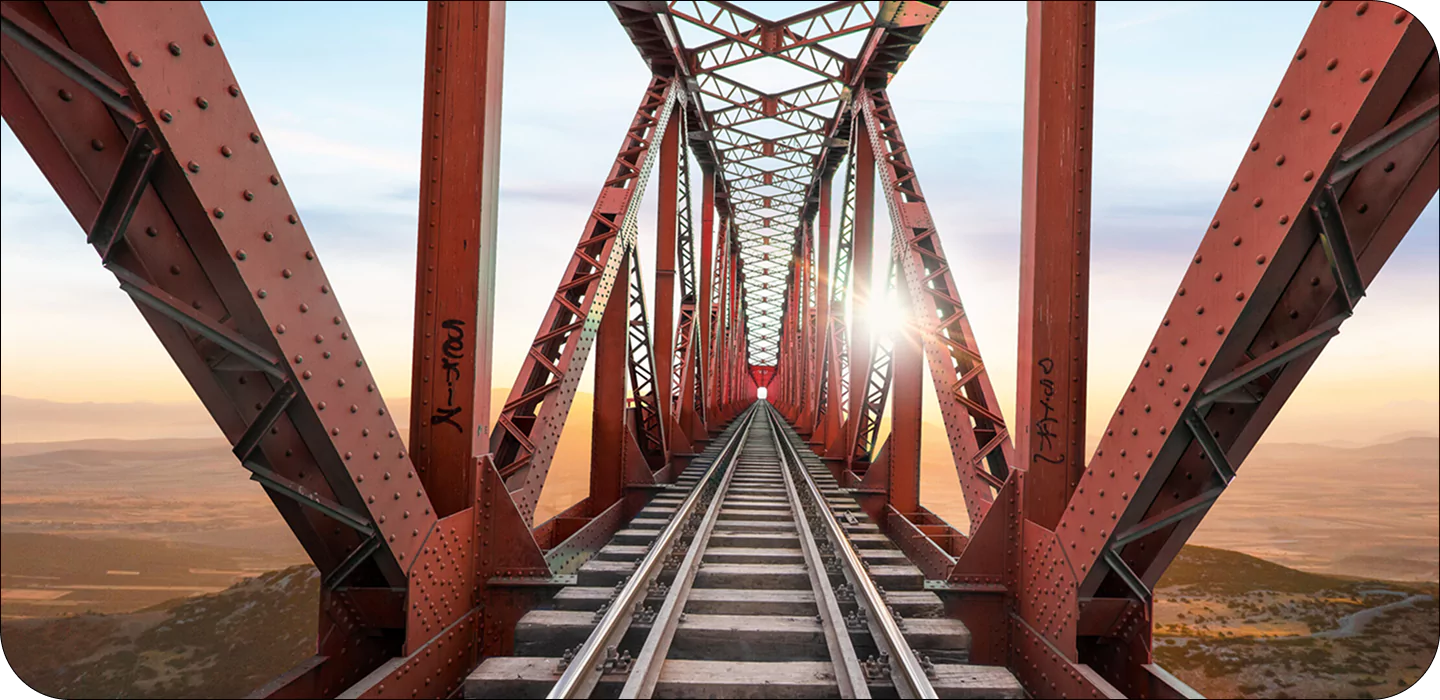
CONTACT US
REQUEST A QUOTE OR
BECOME AN APPLICATOR
ArmorThane has built a strong reputation over the past 30 years for producing high-quality, durable protective coatings.

Phone Number
Tel: 417.831.5090

Email Us
moreinfo@armorthane.com
